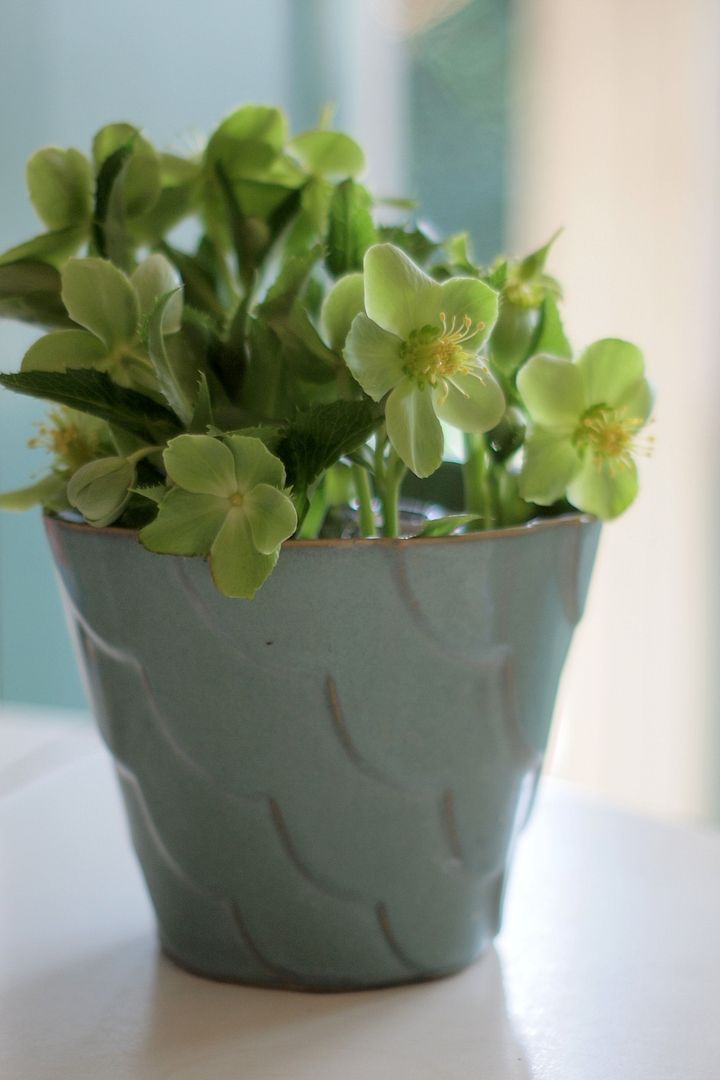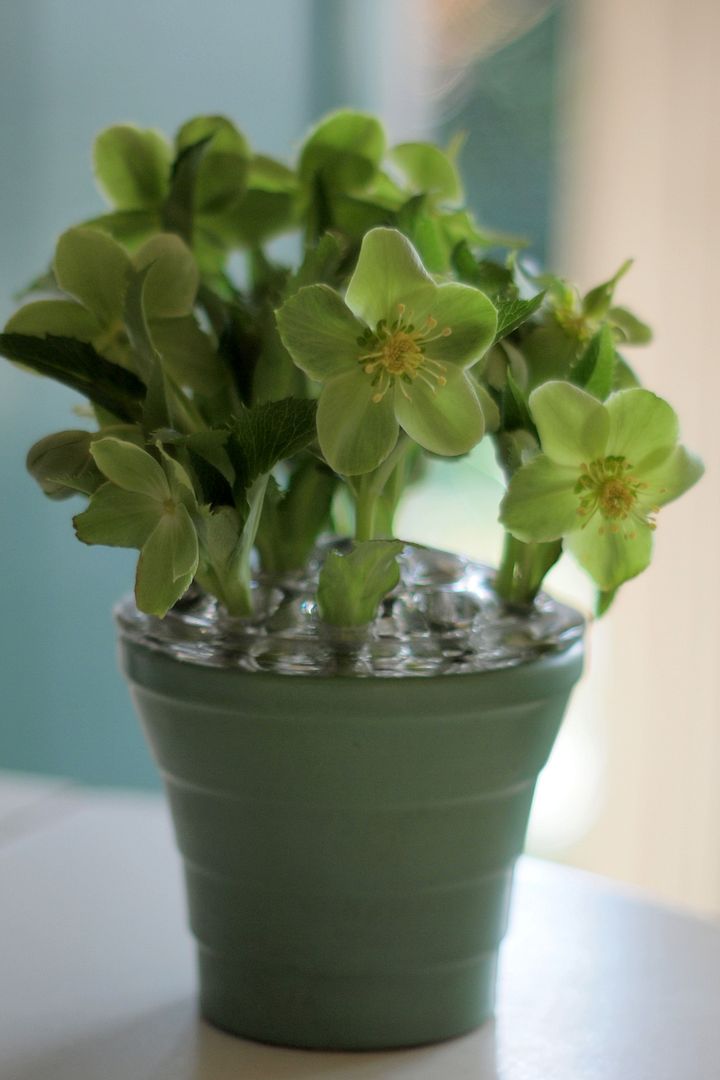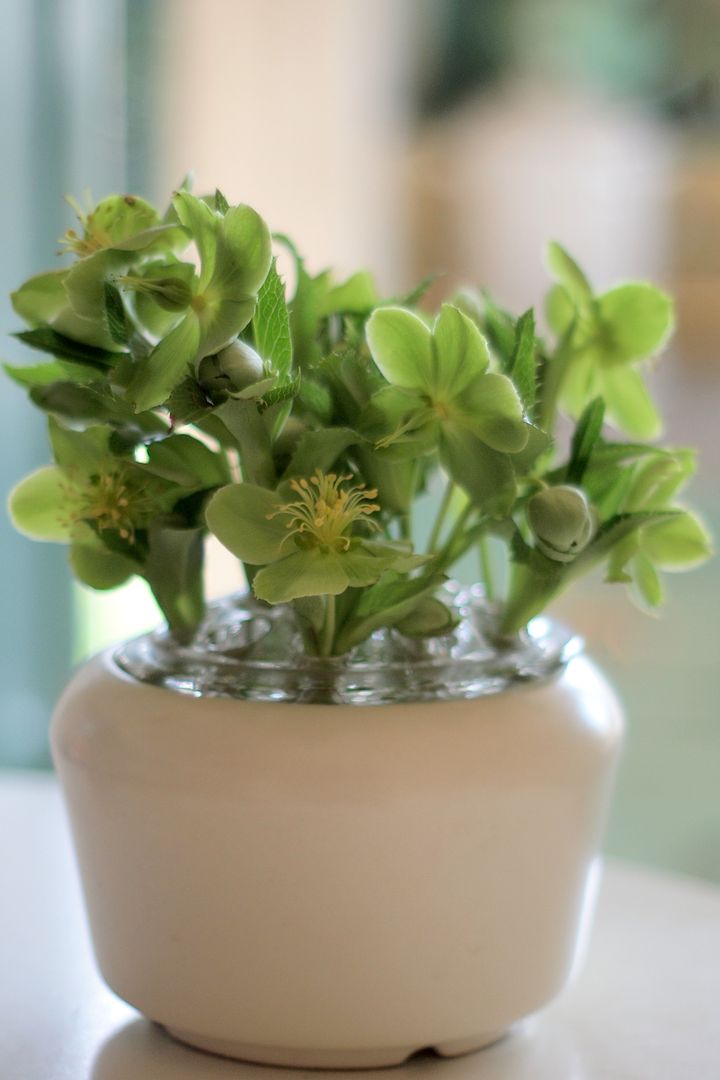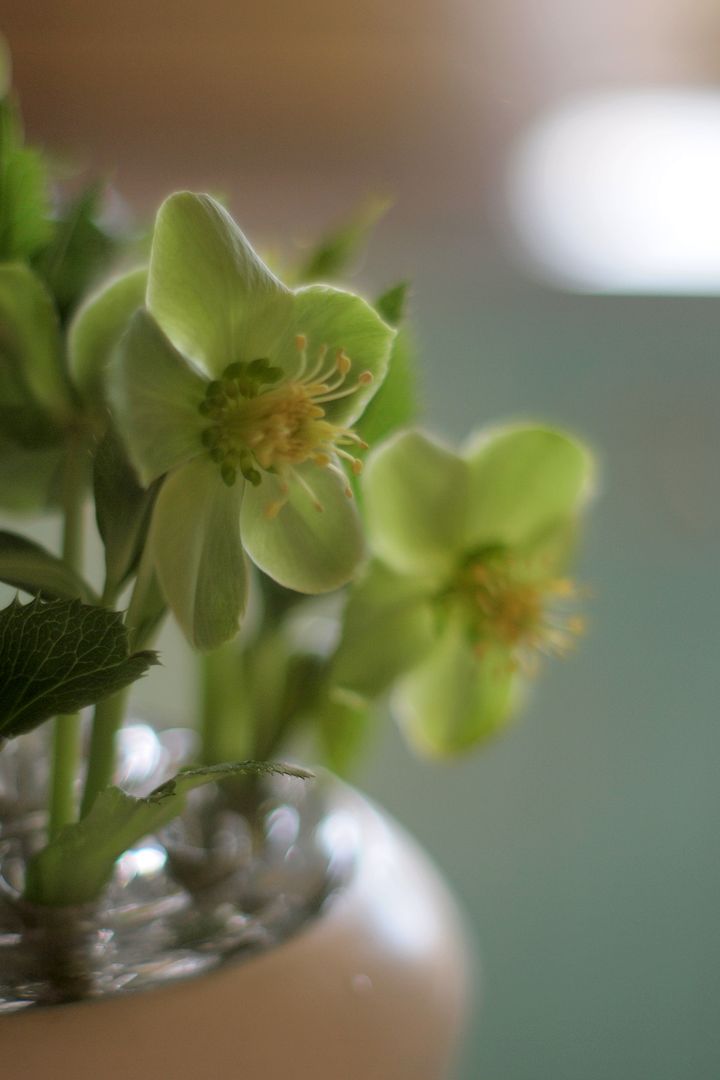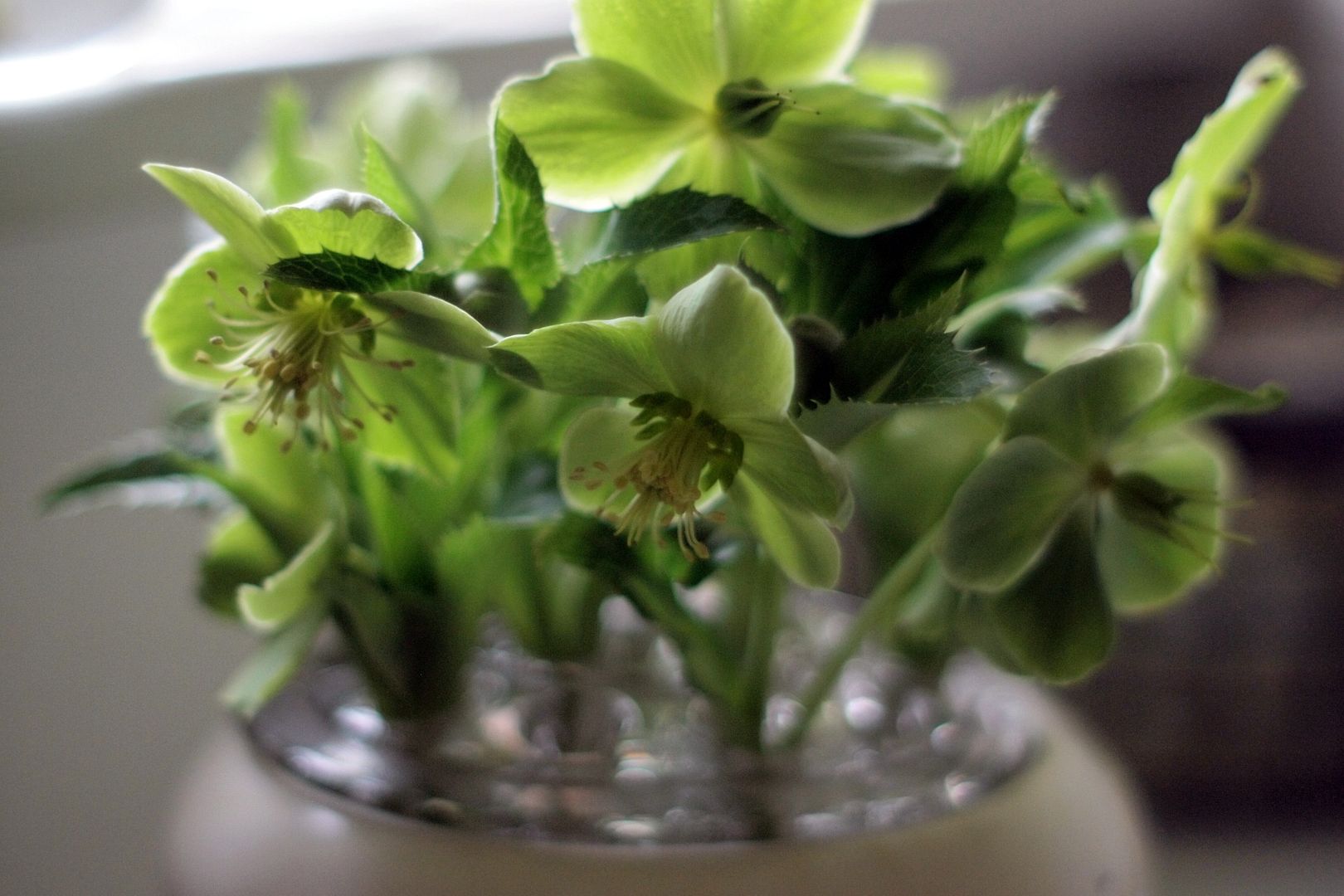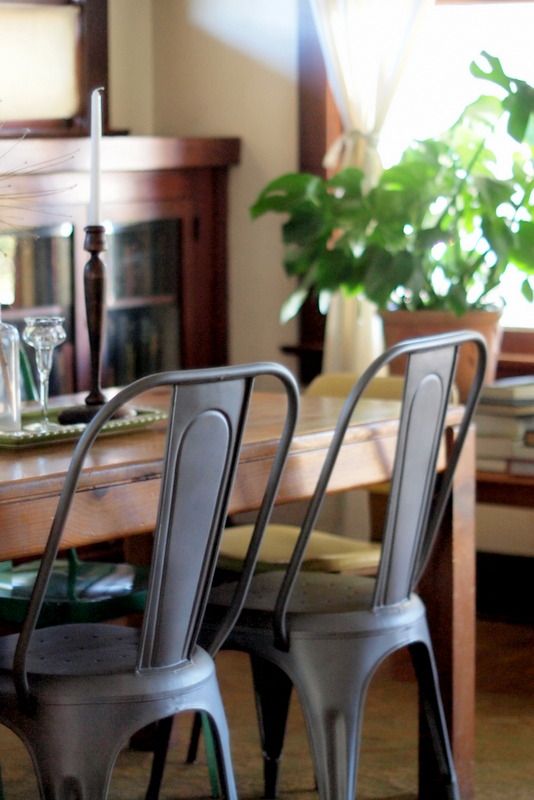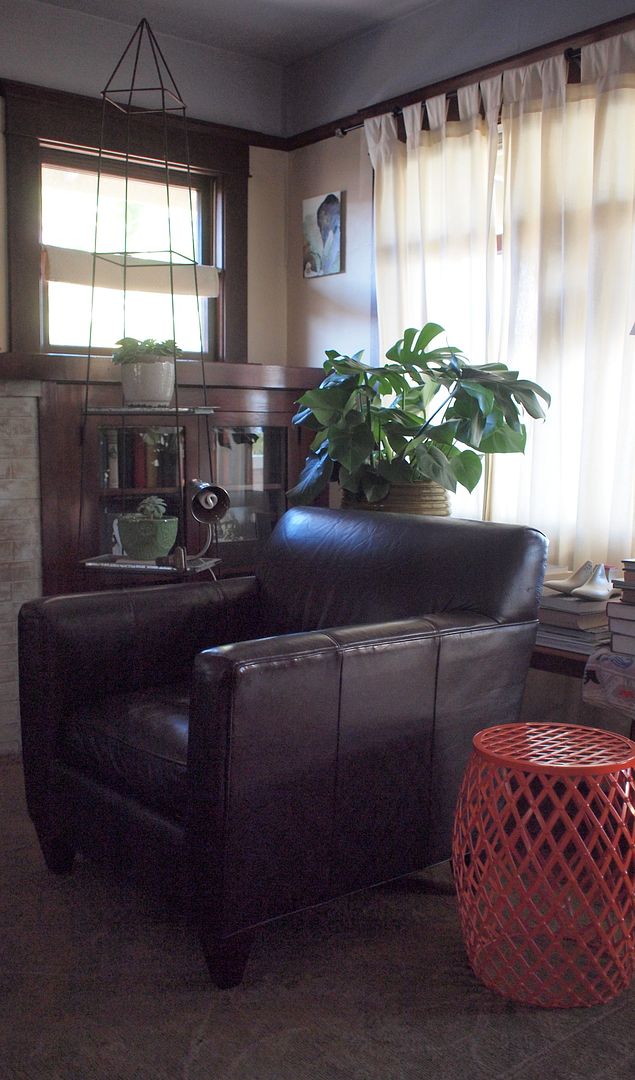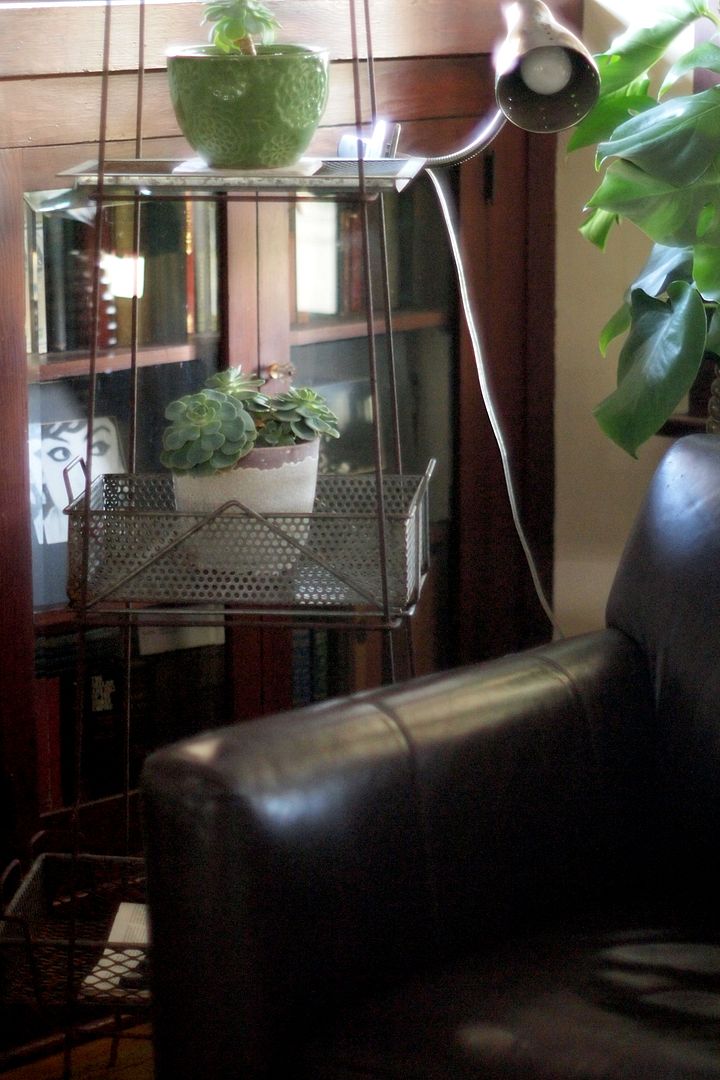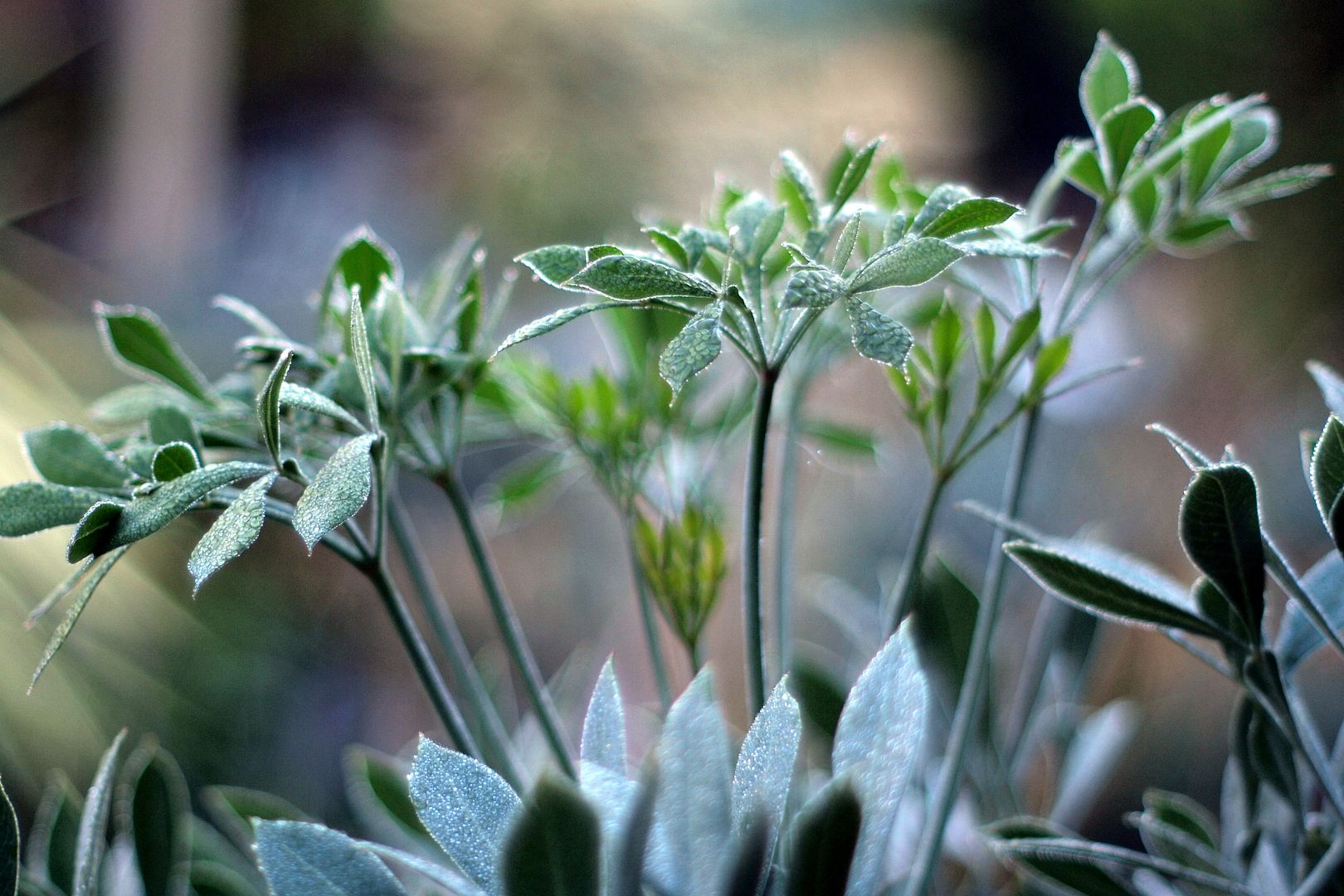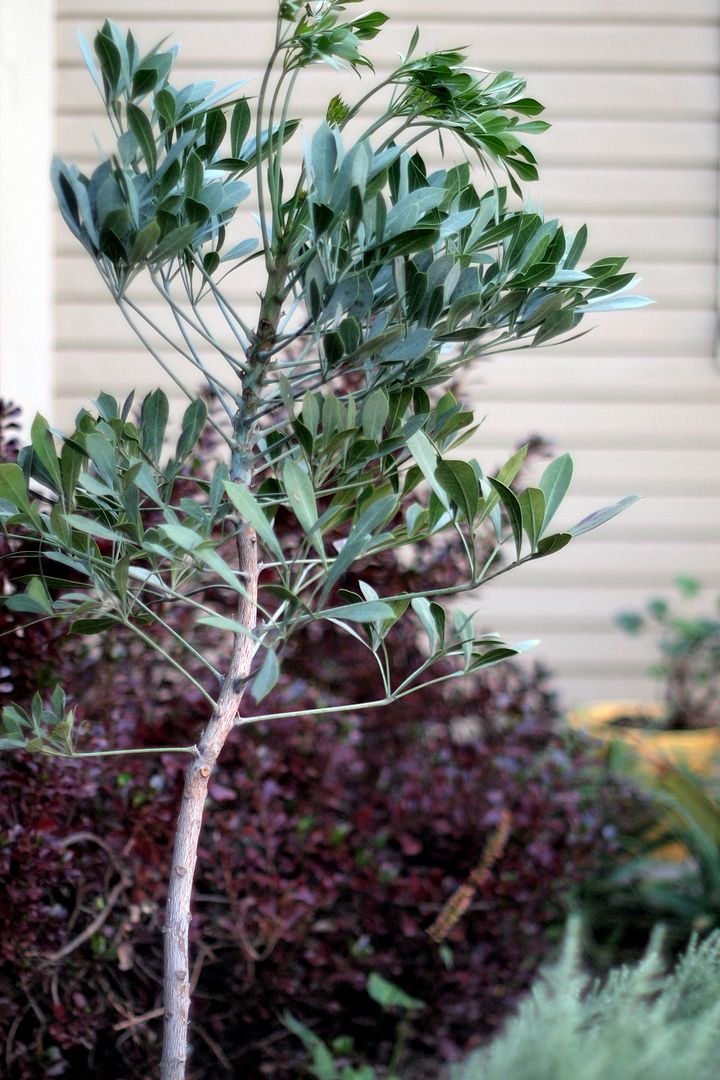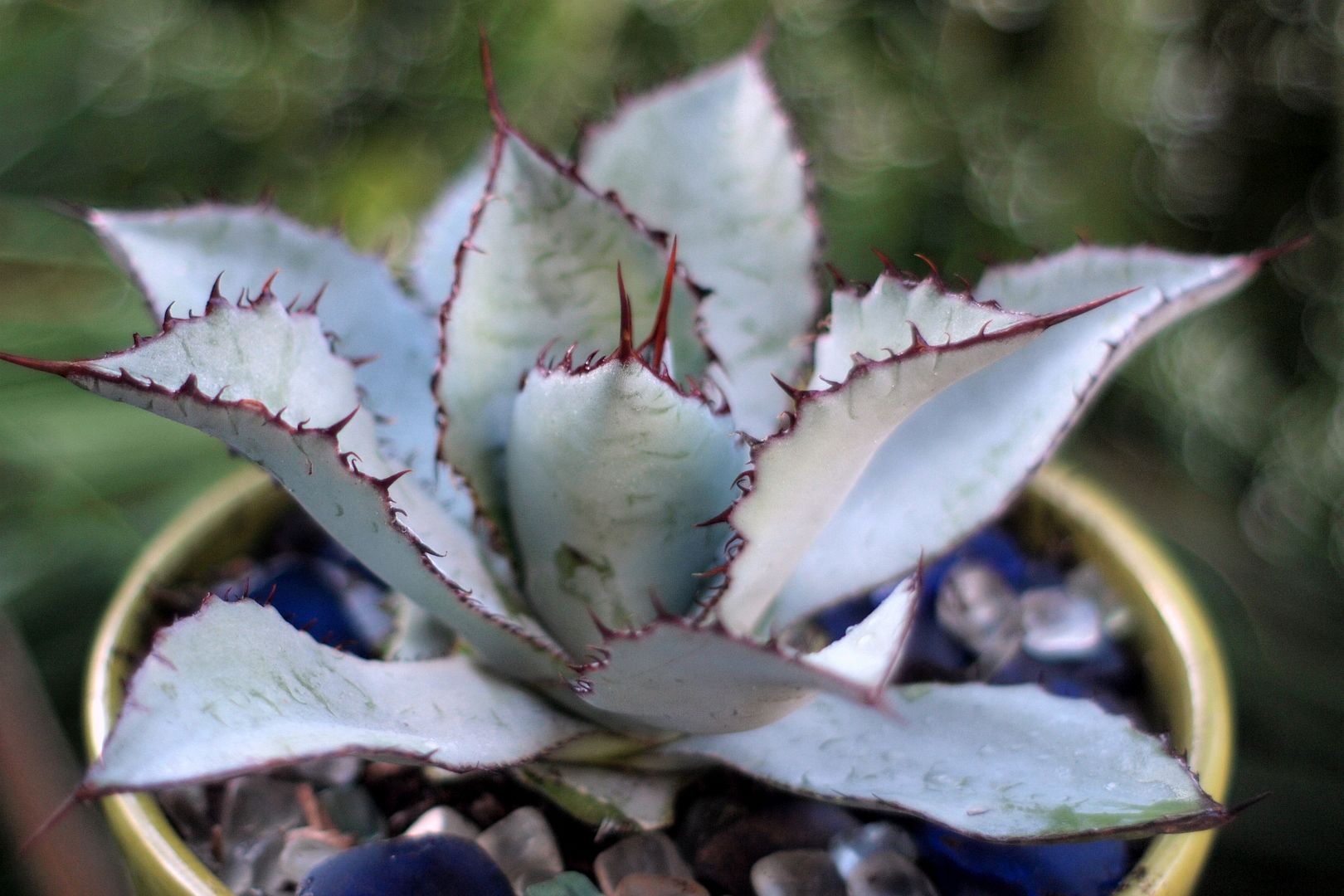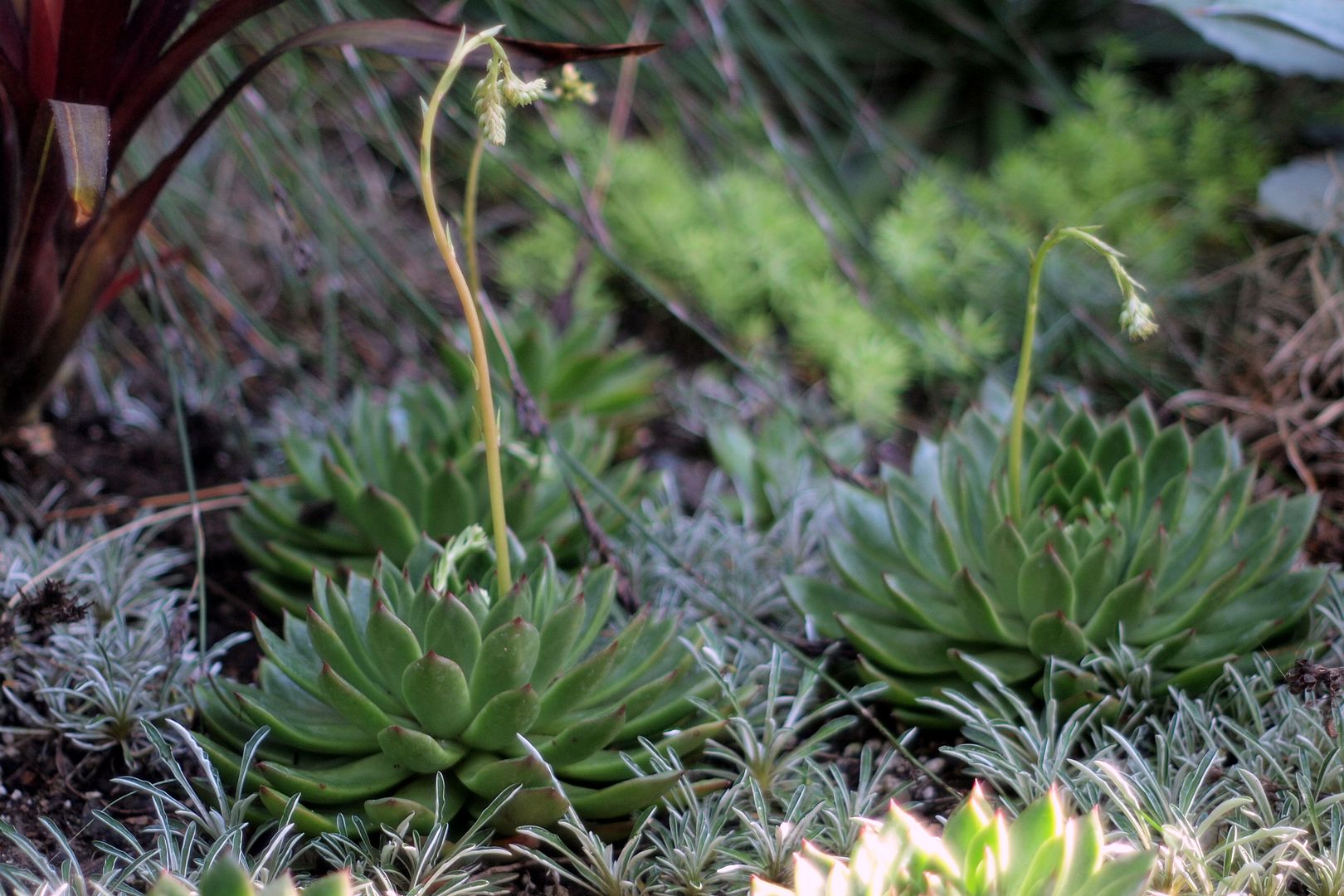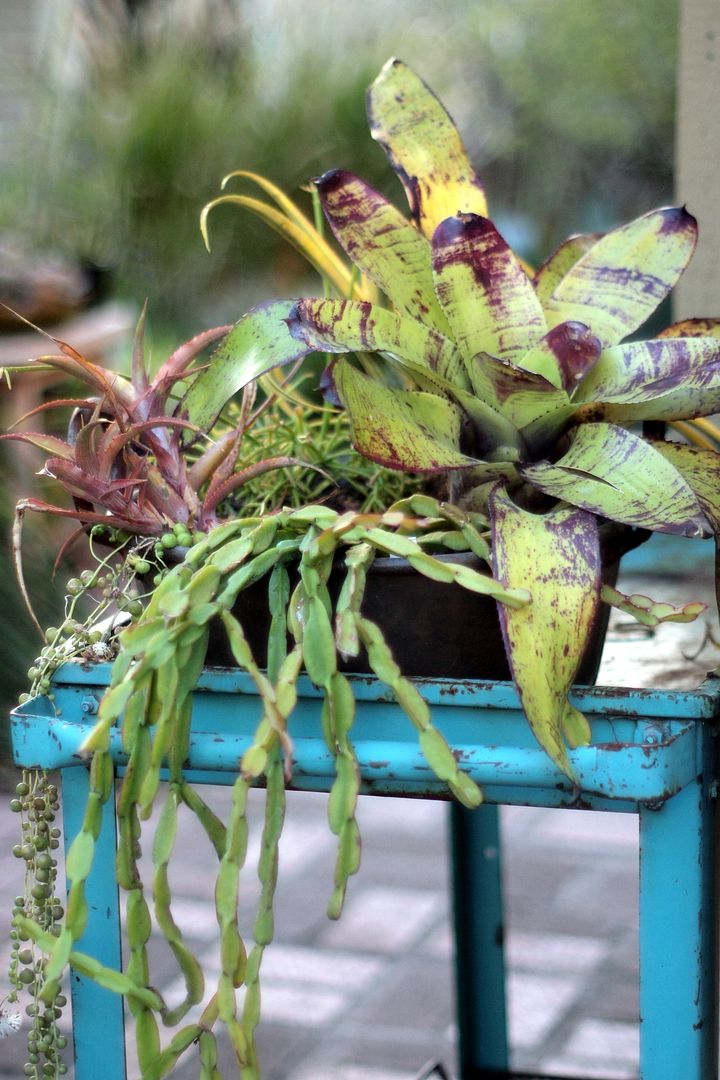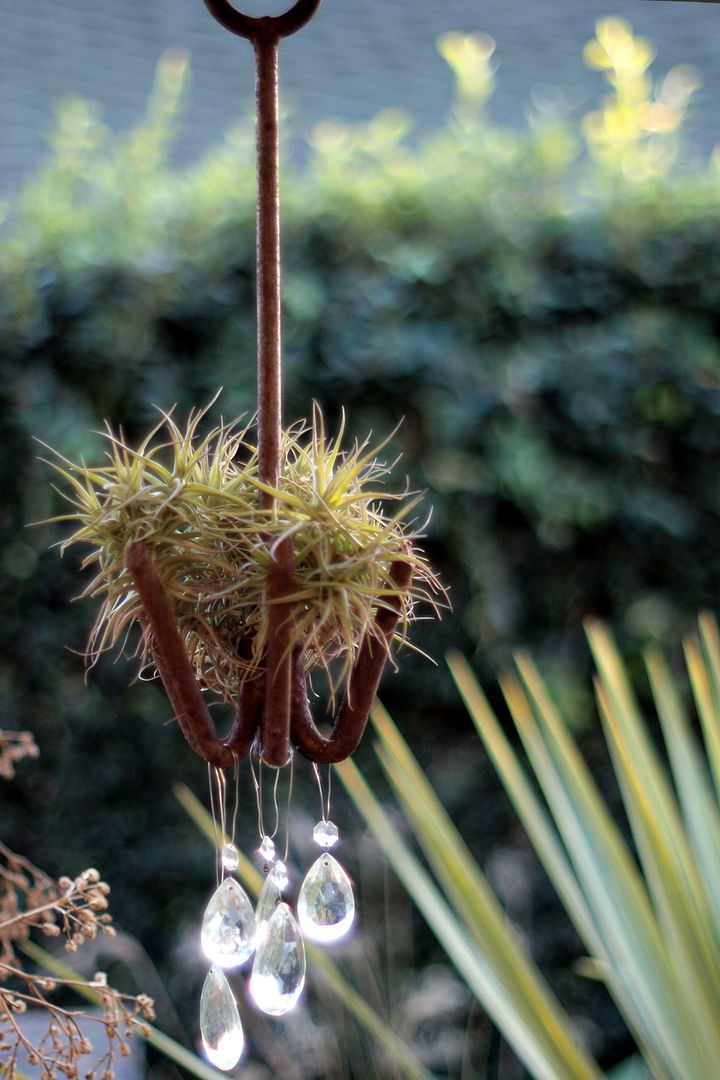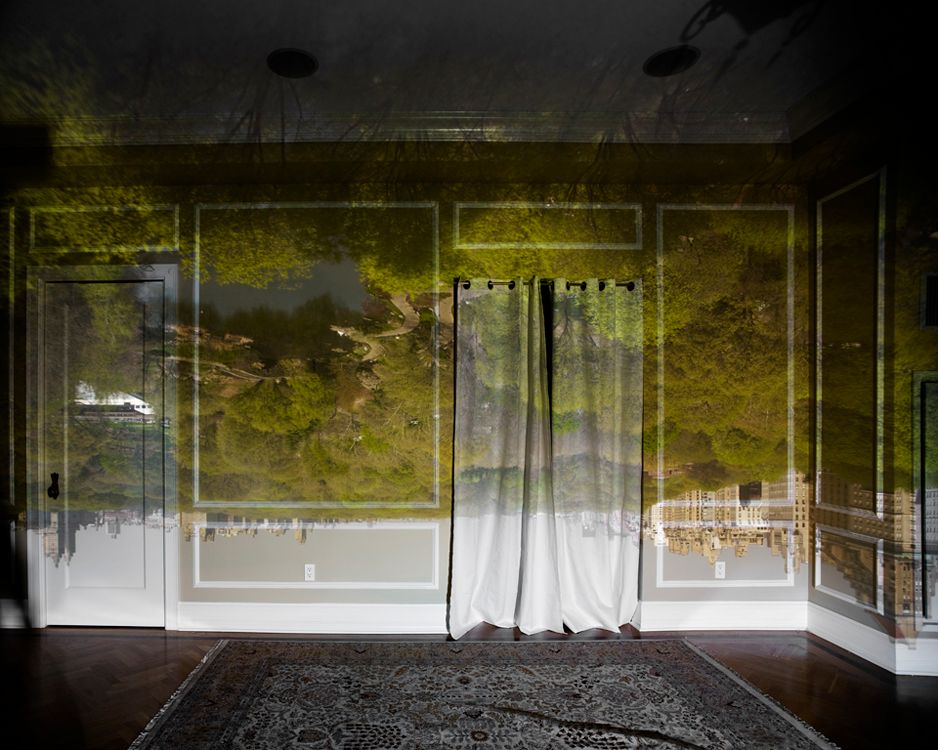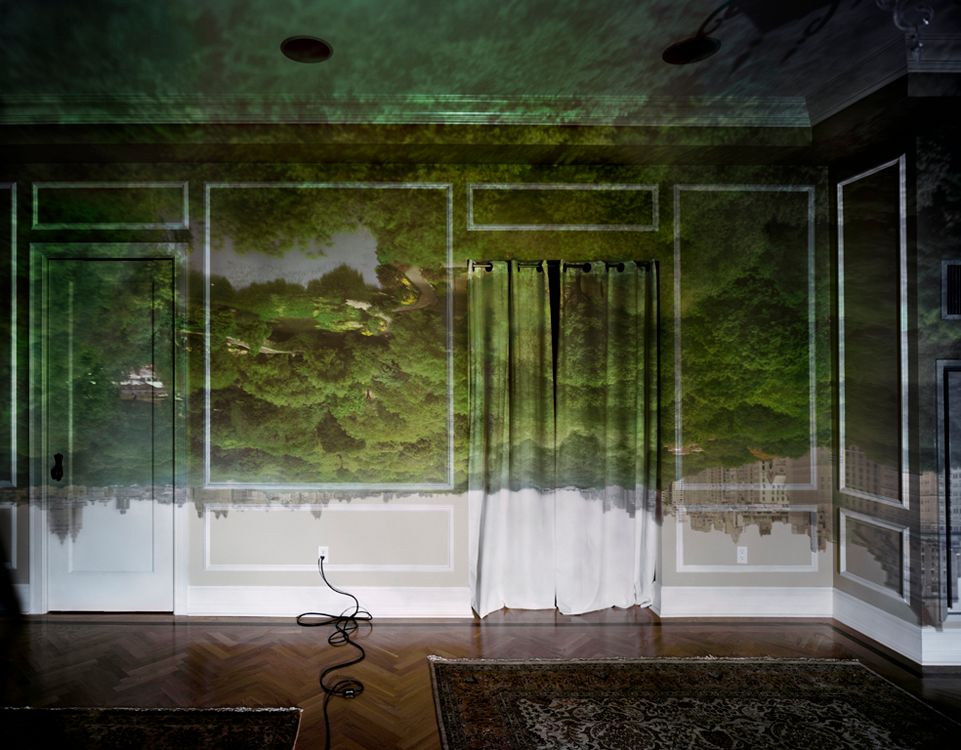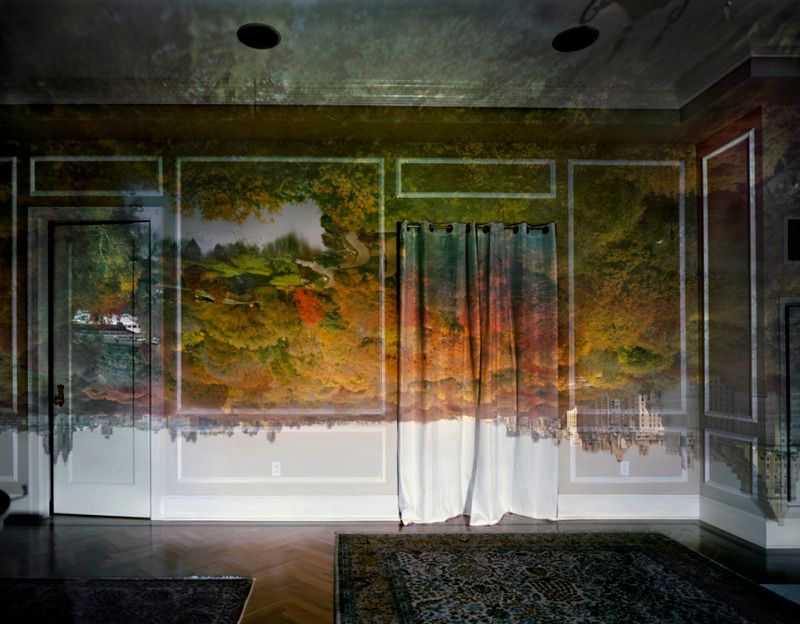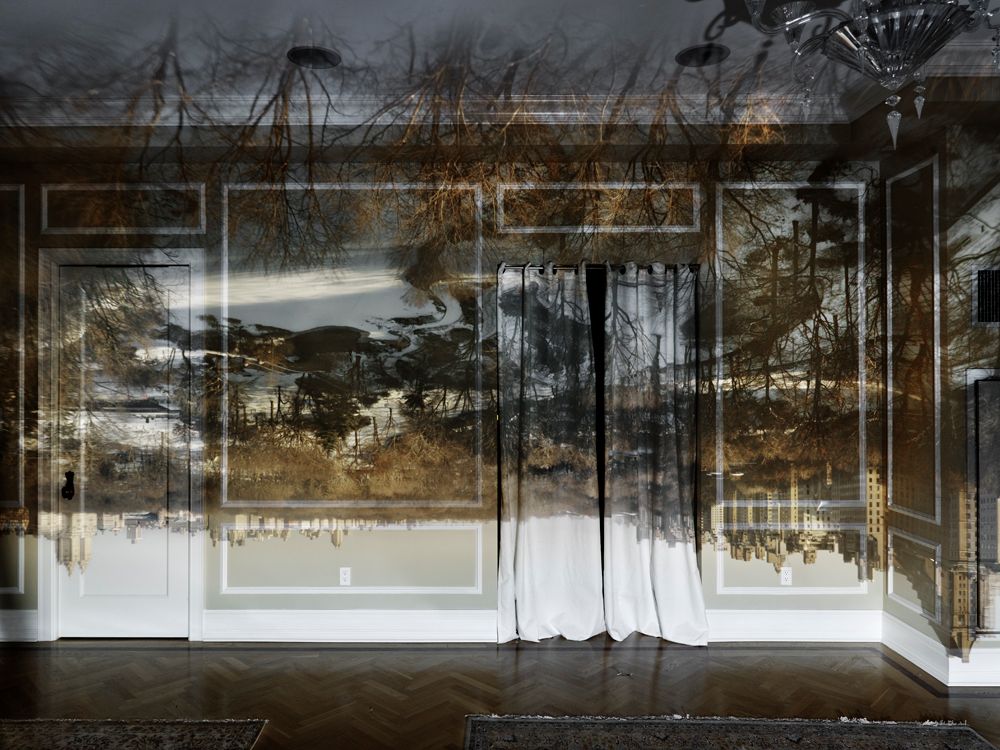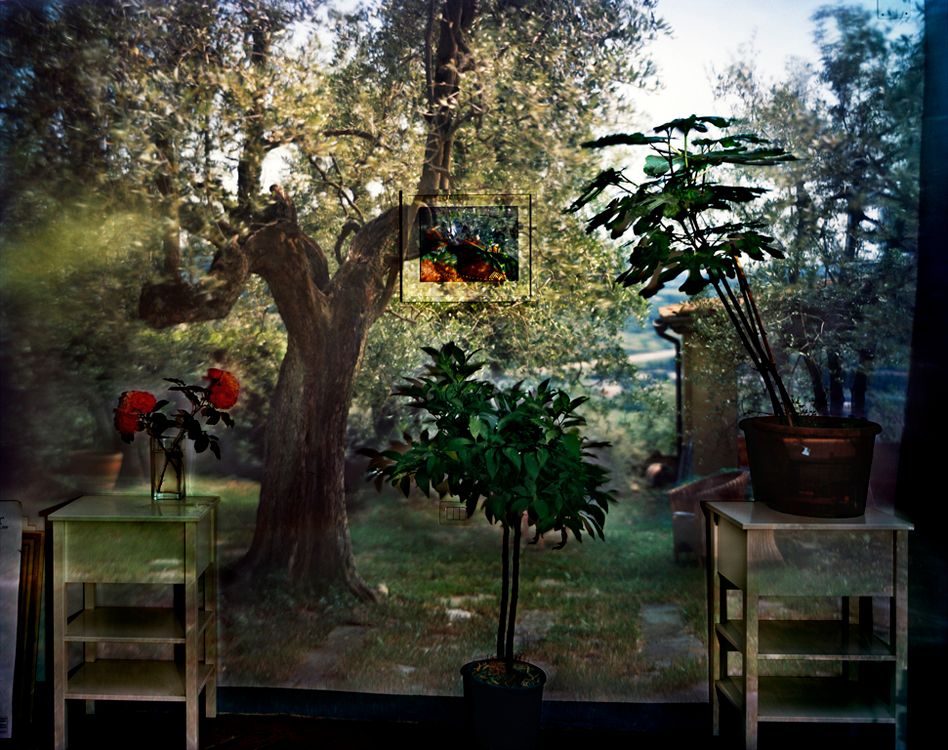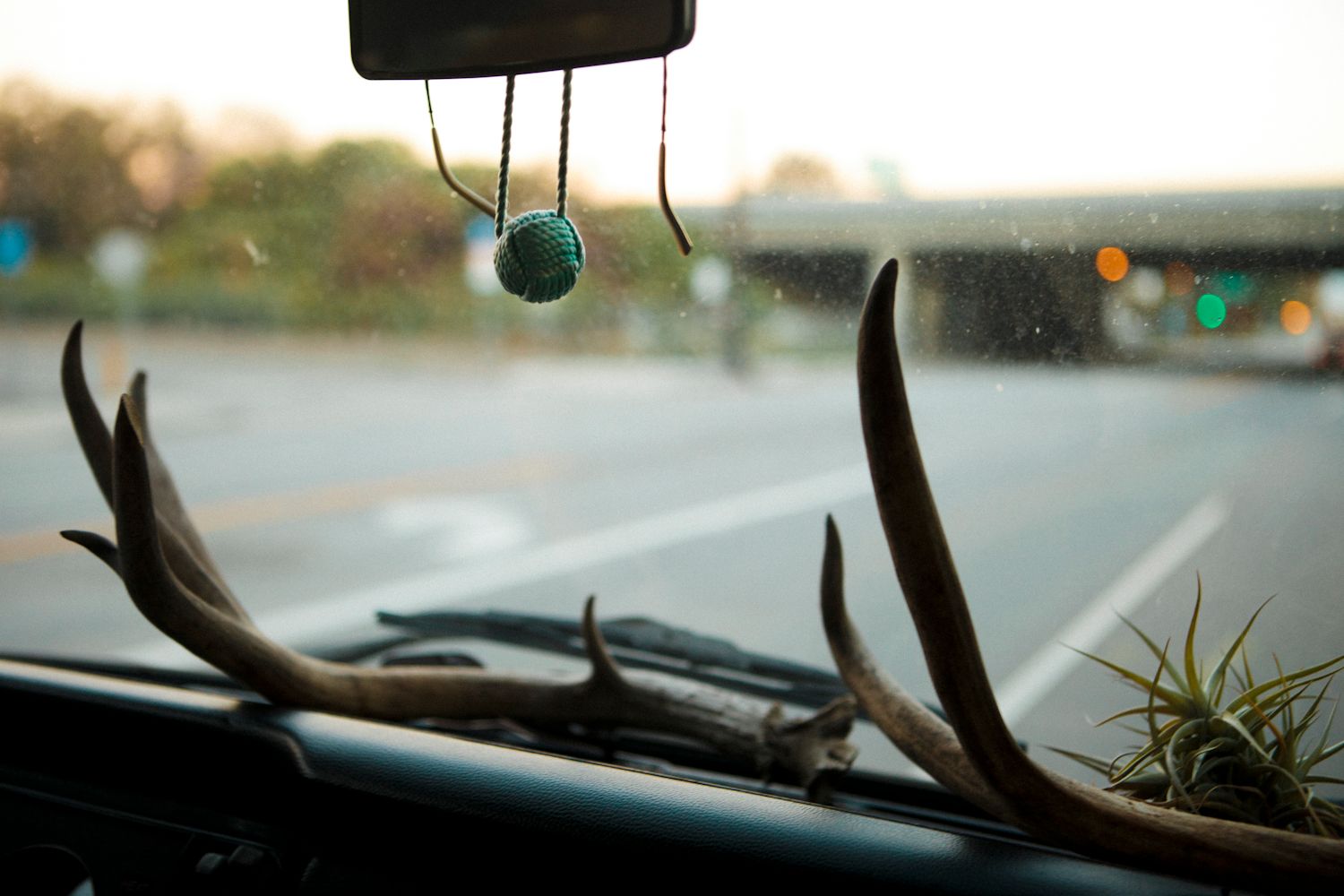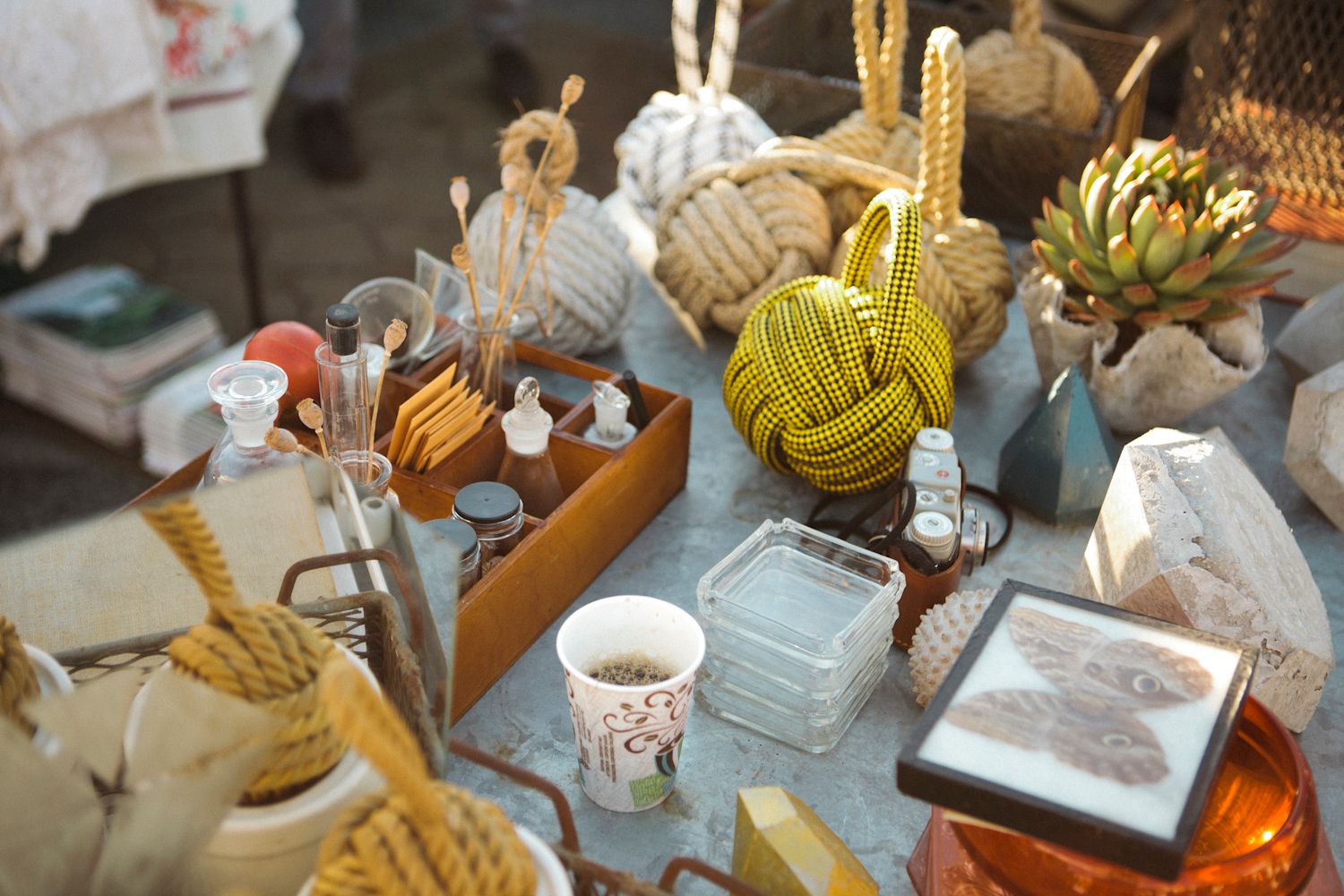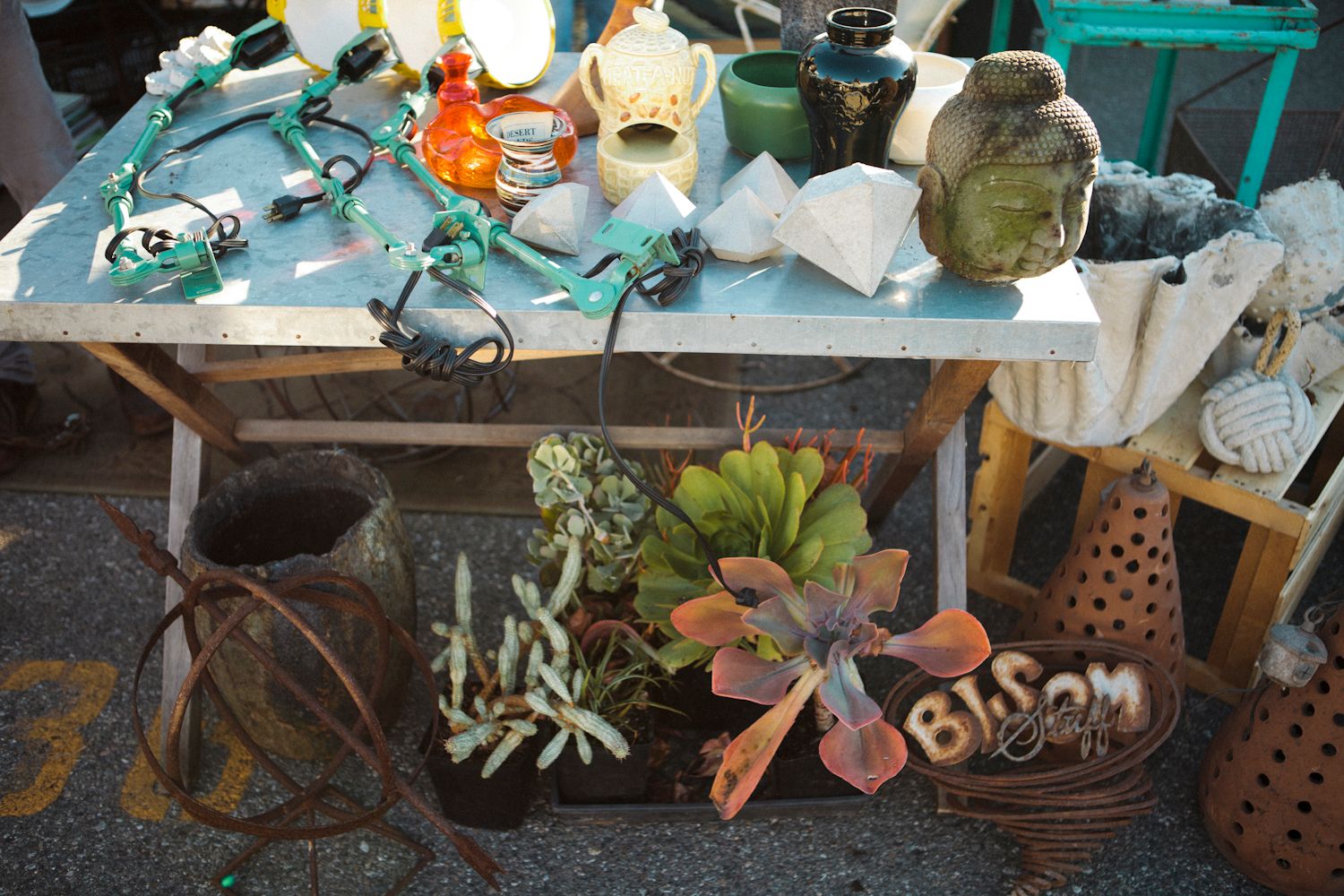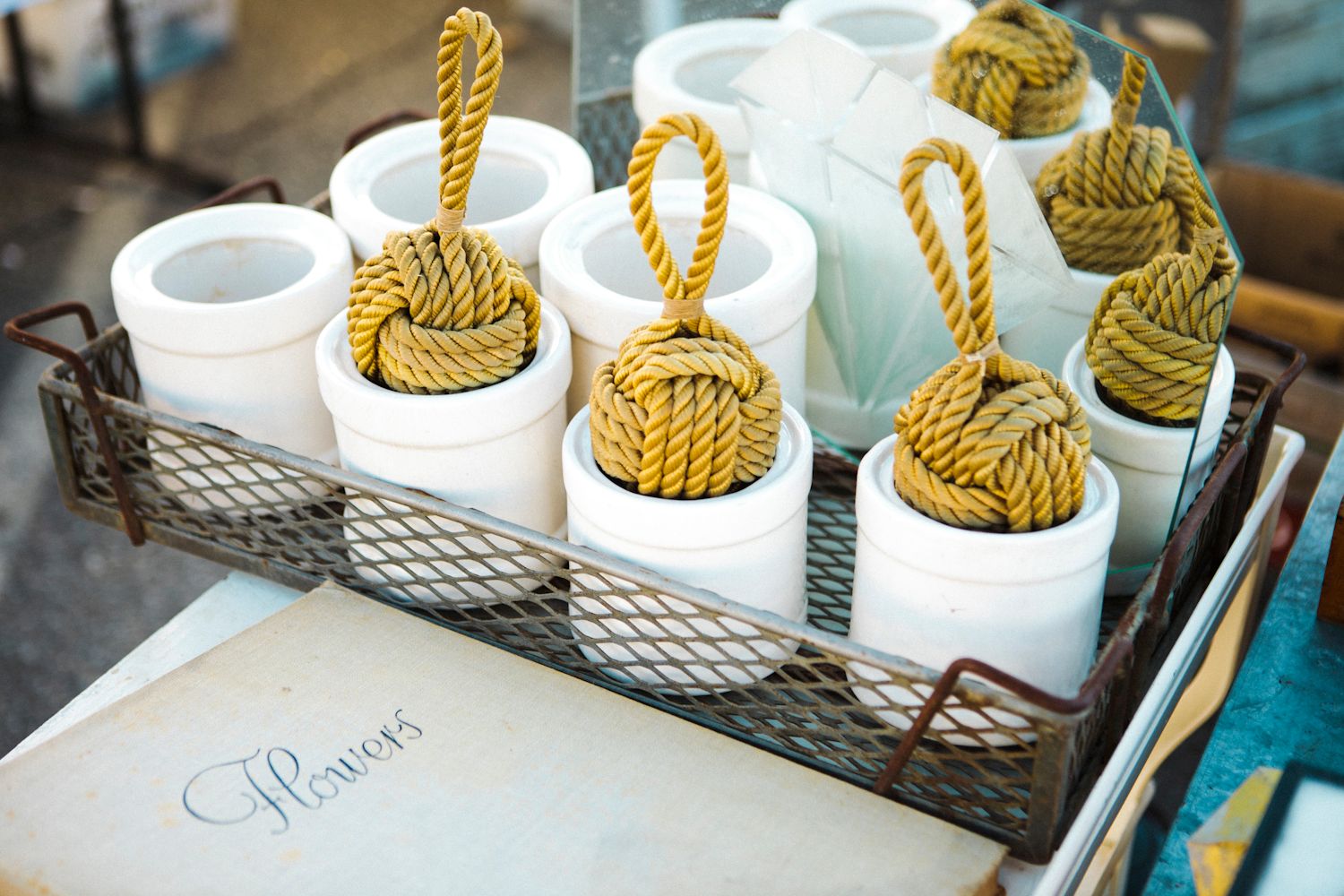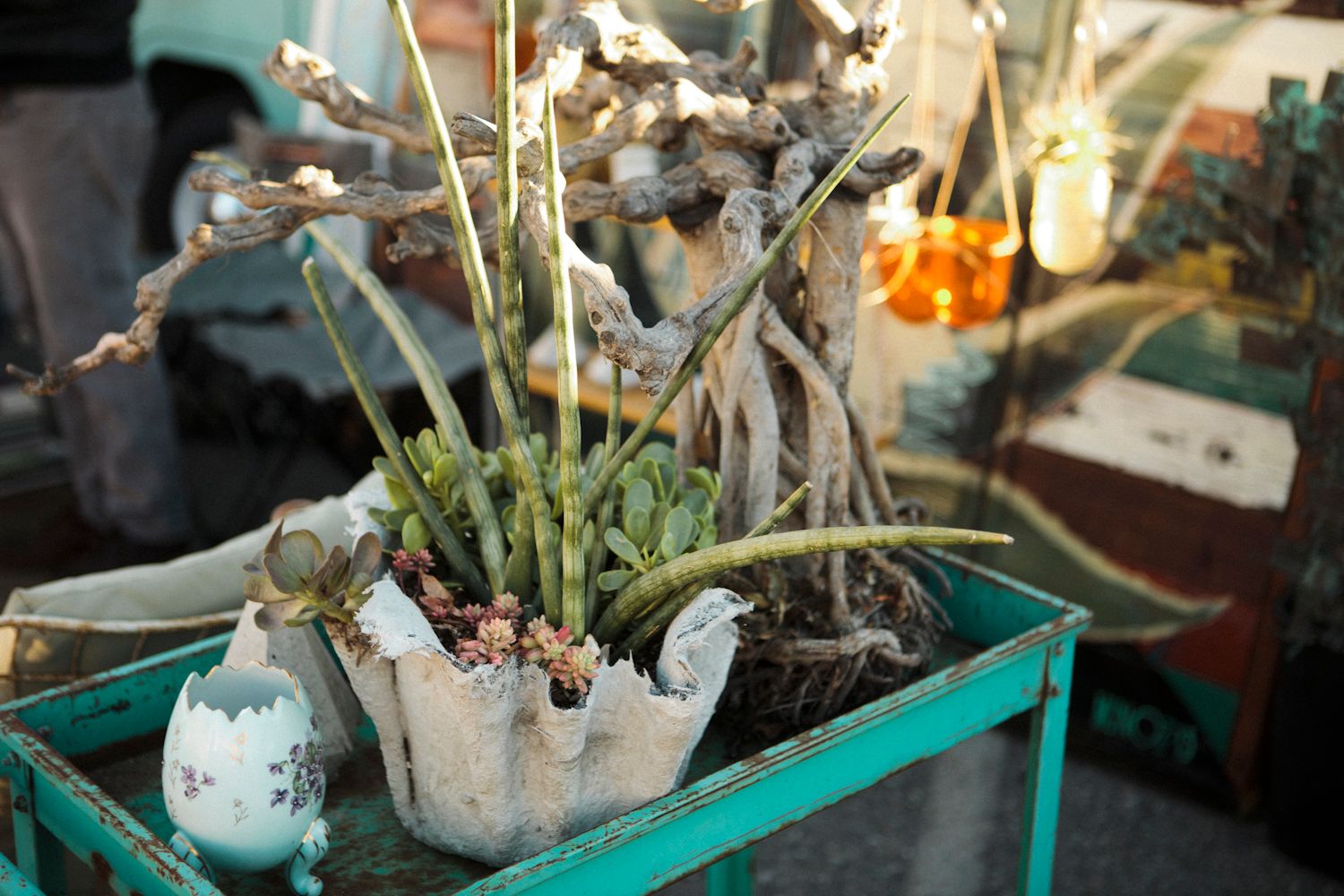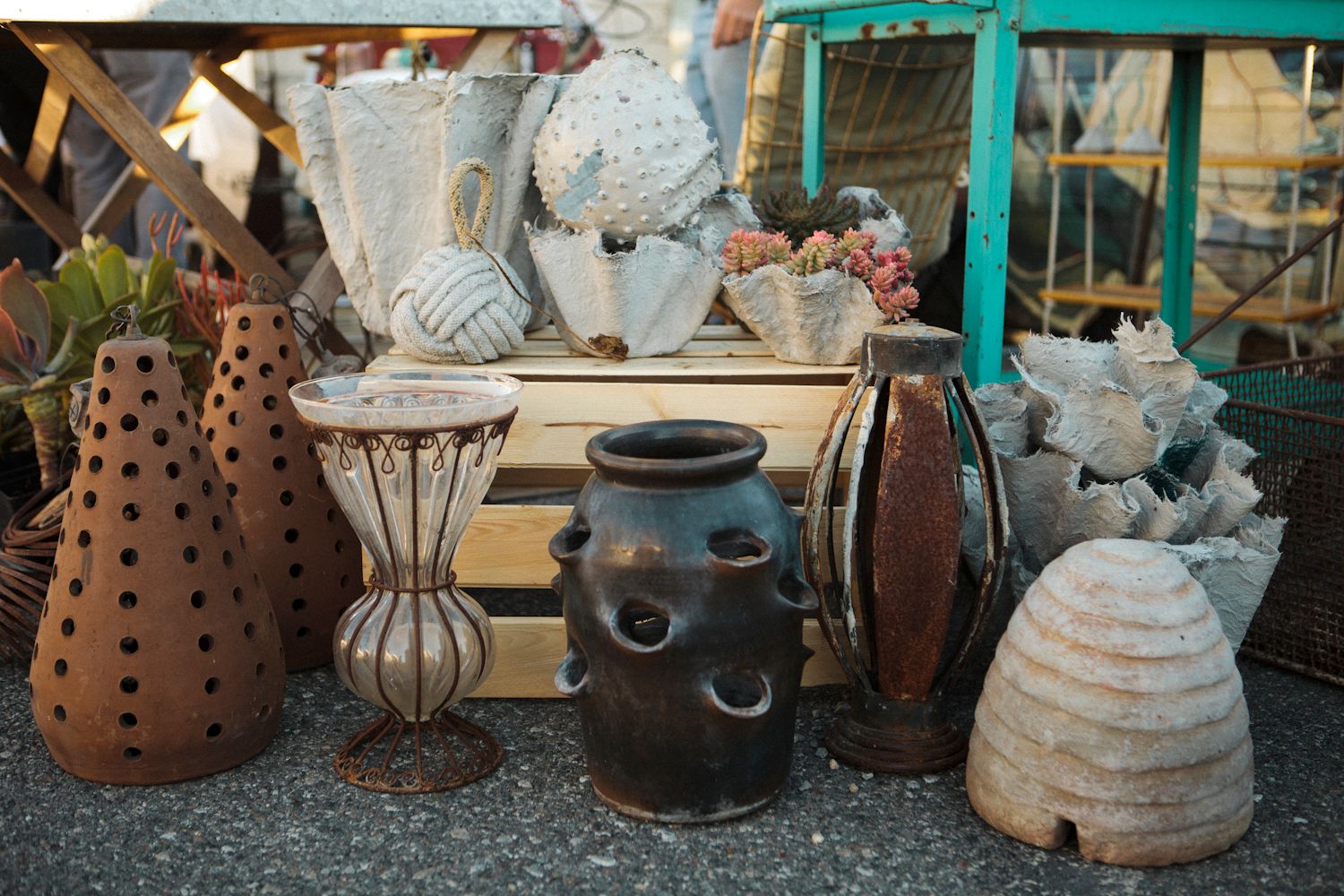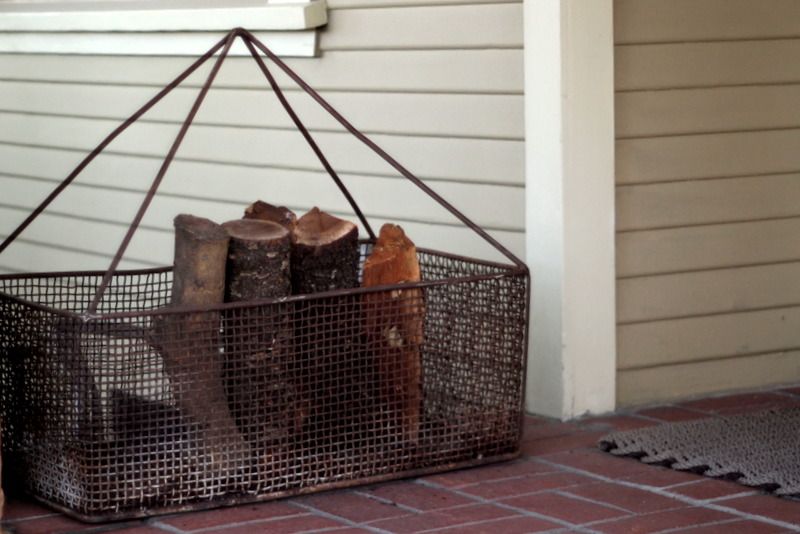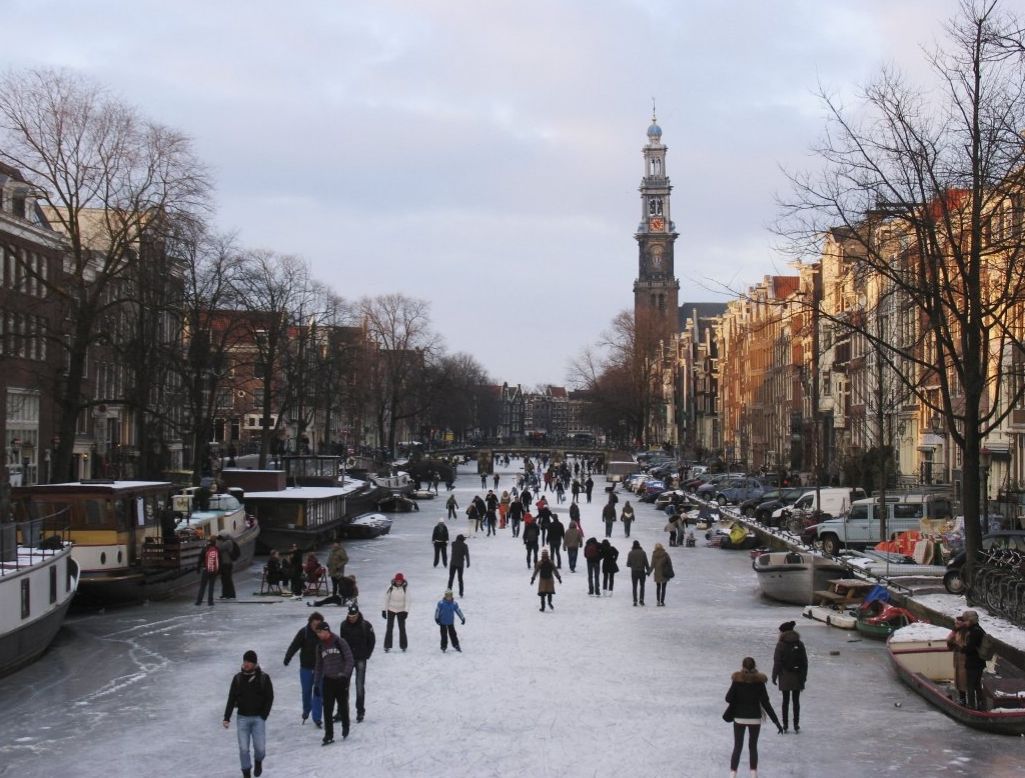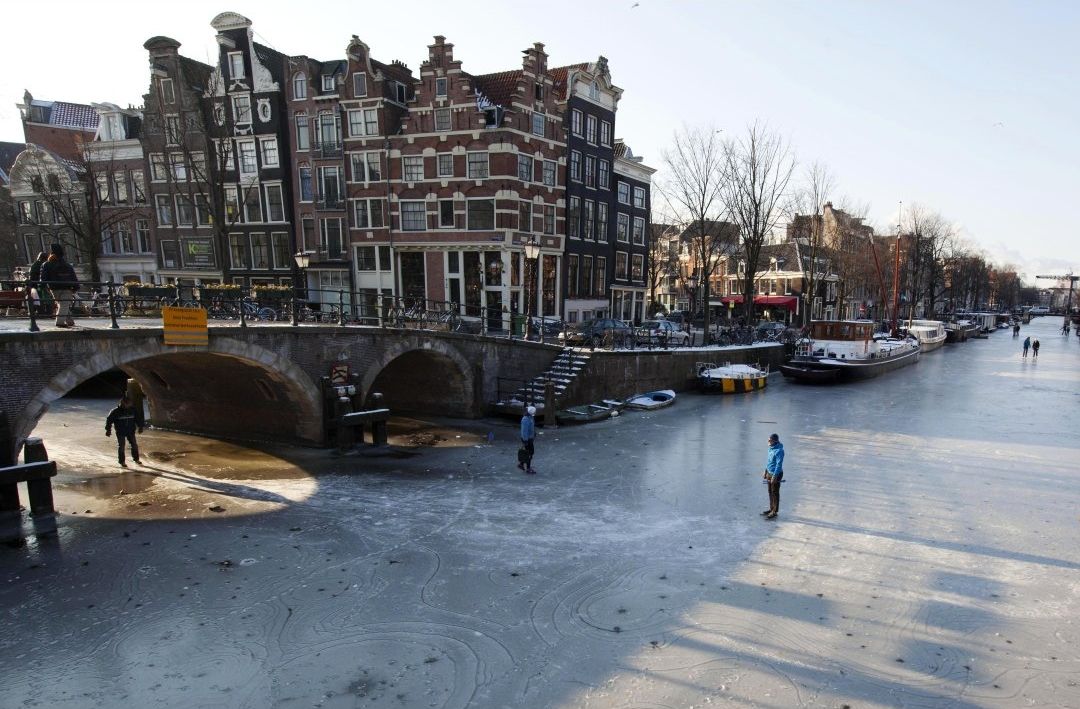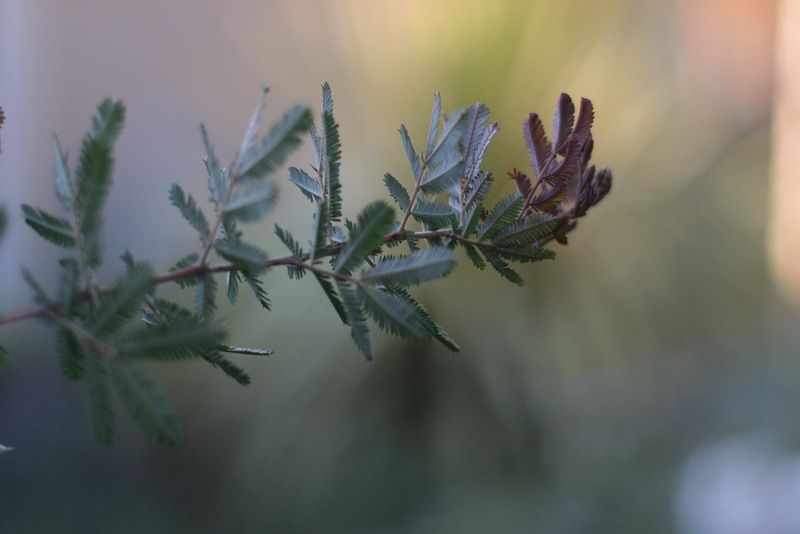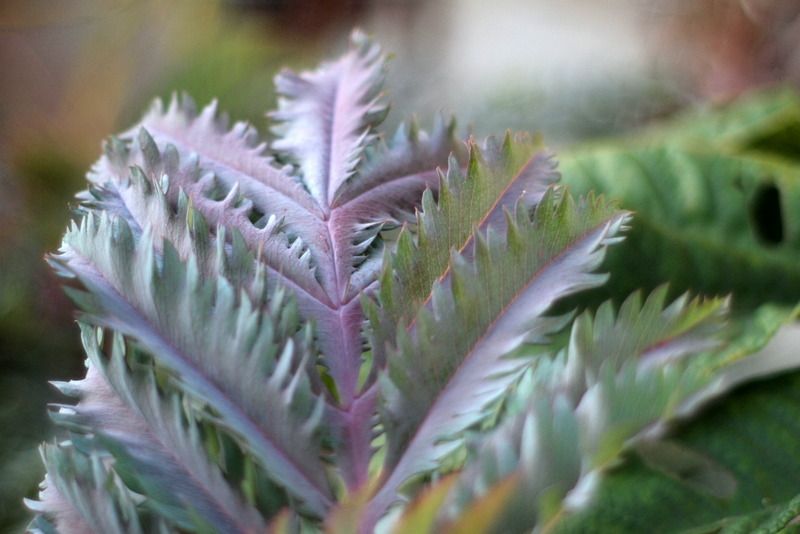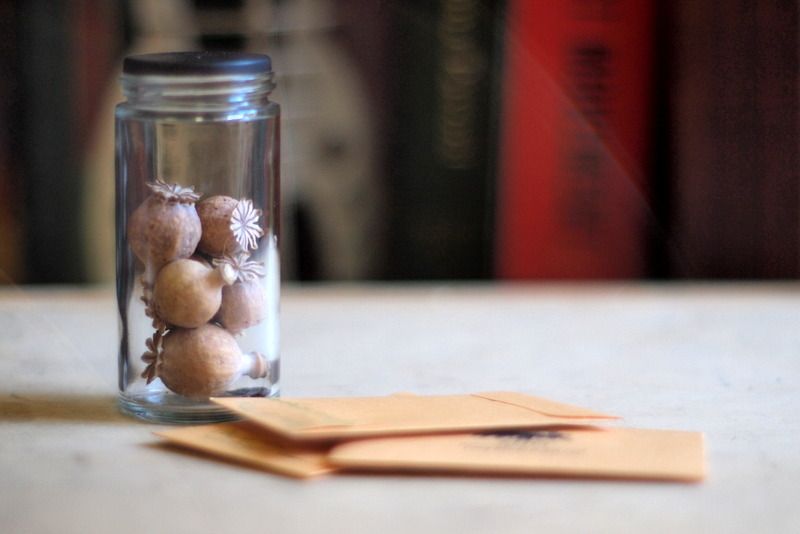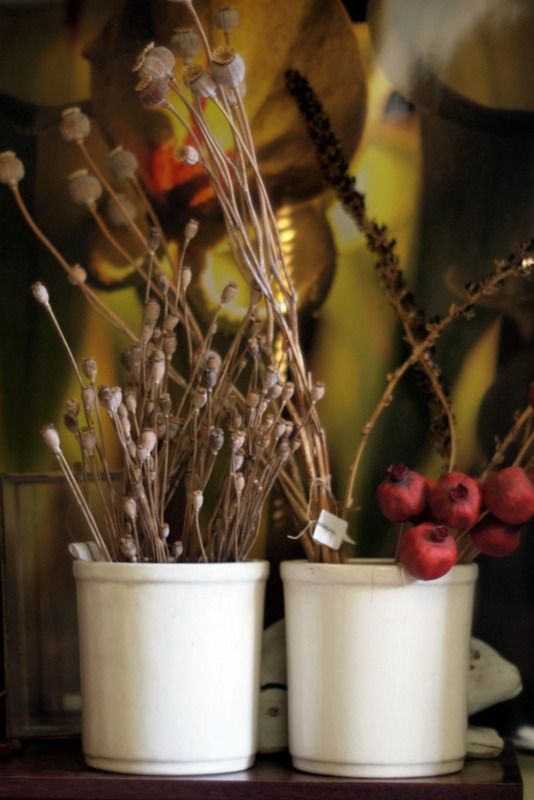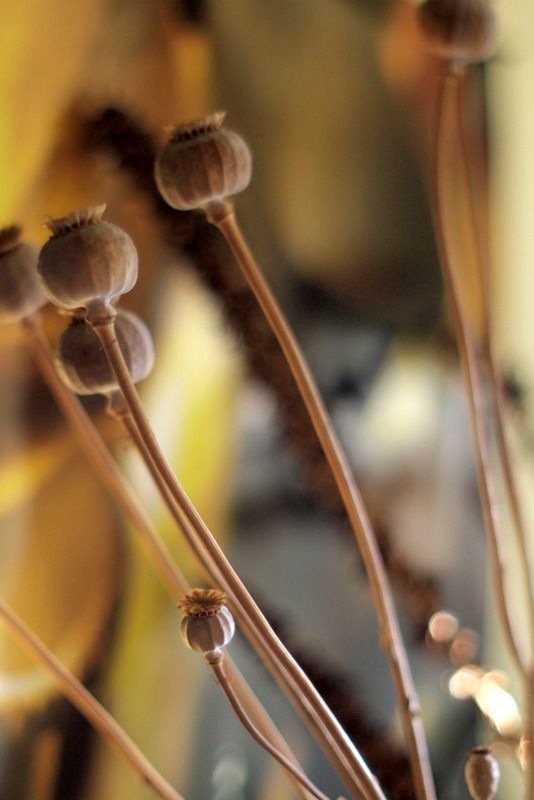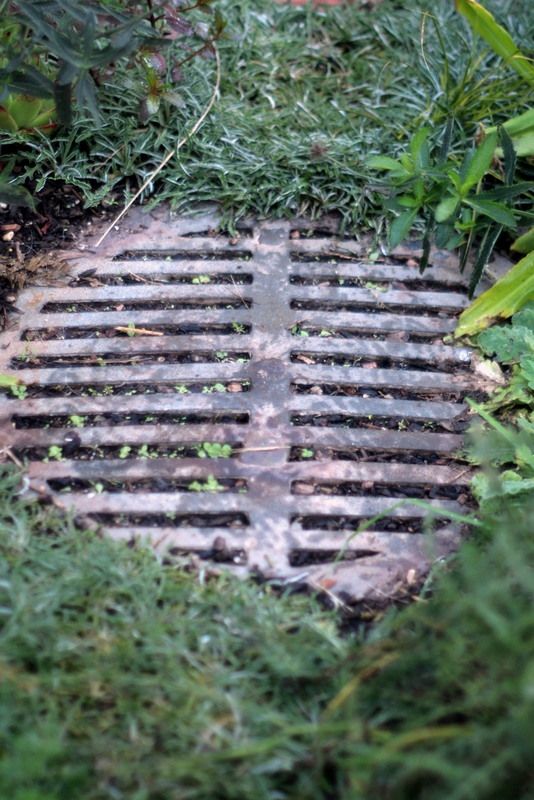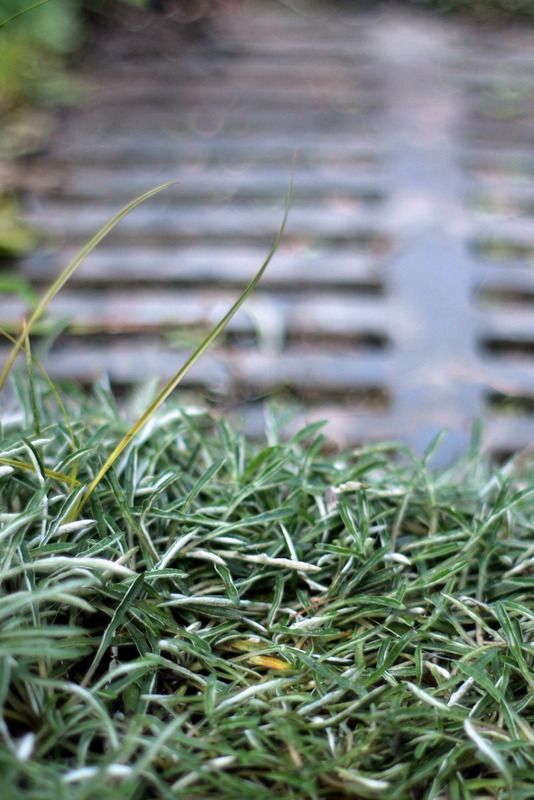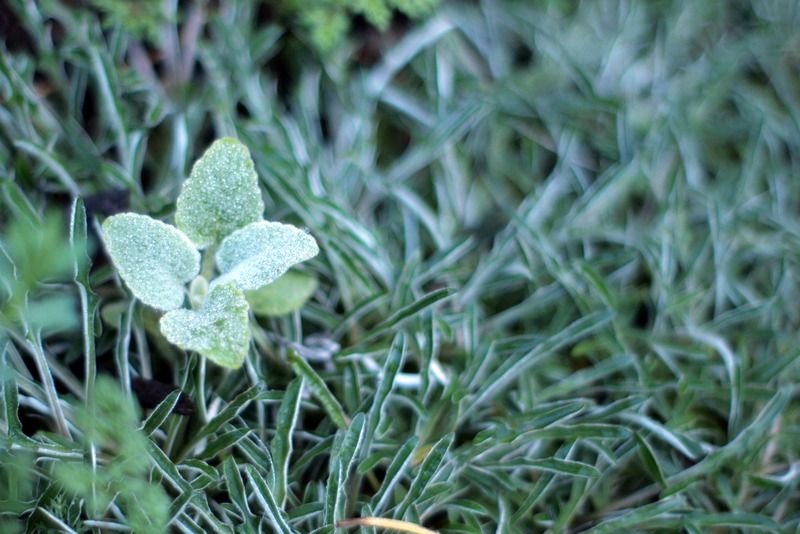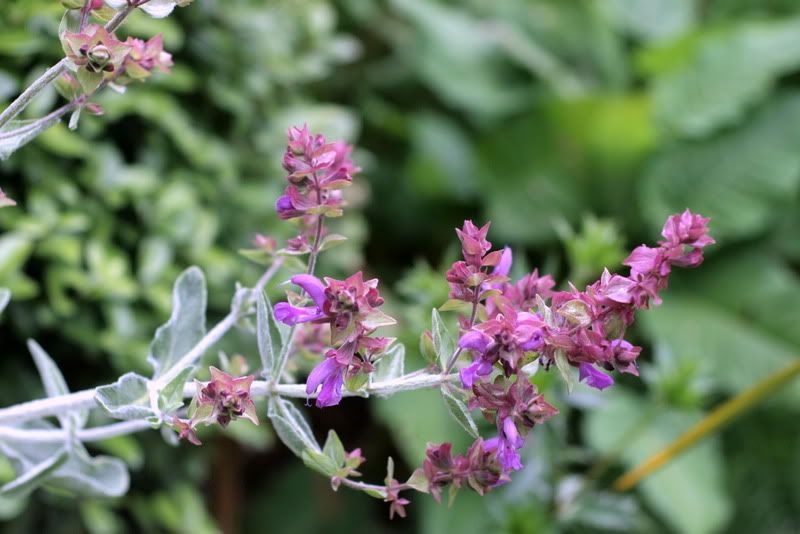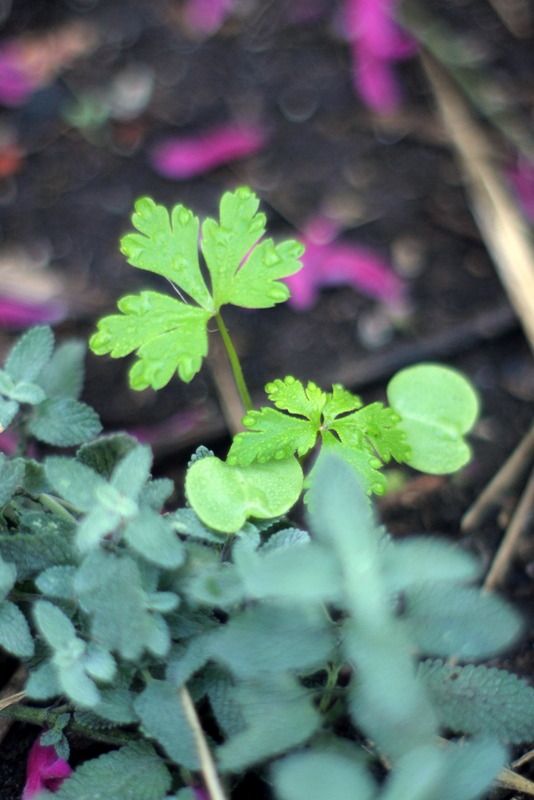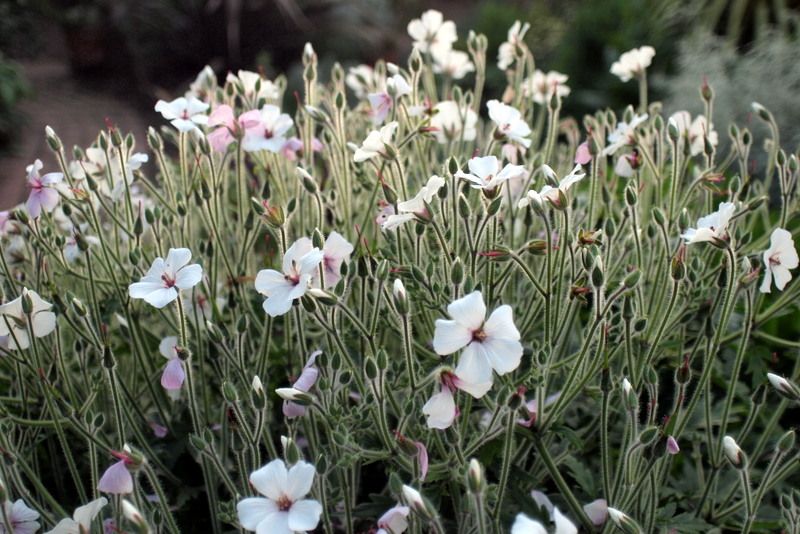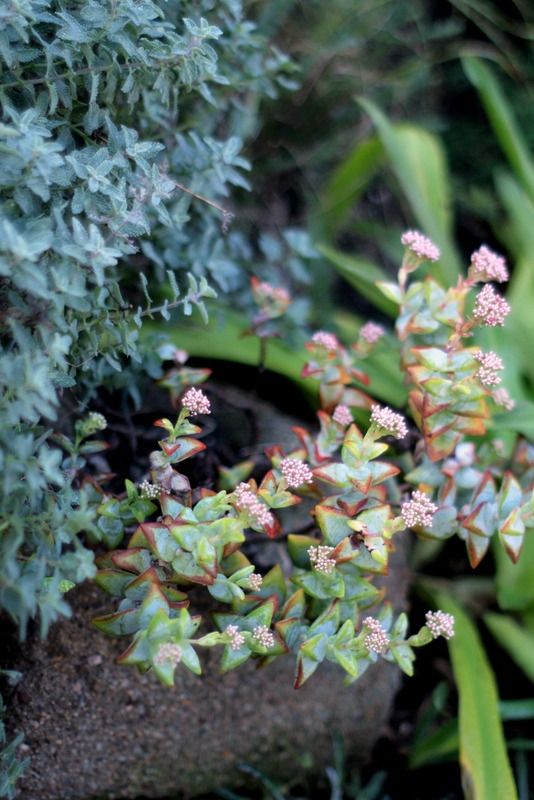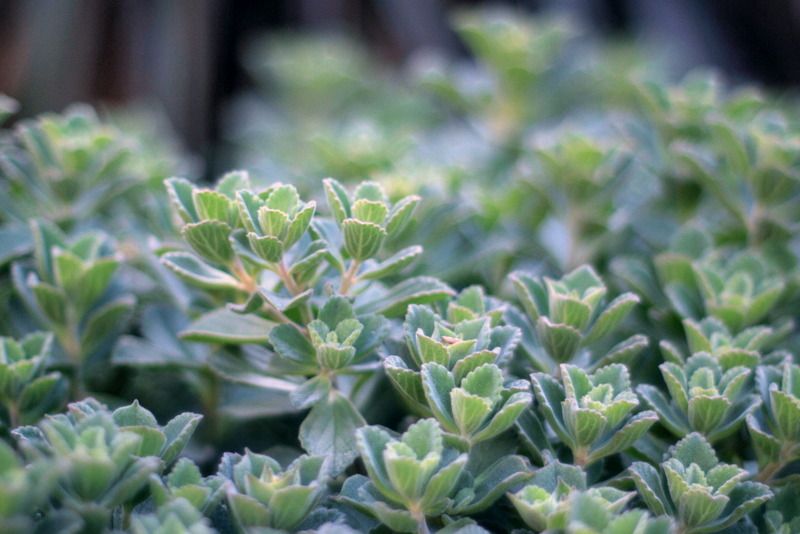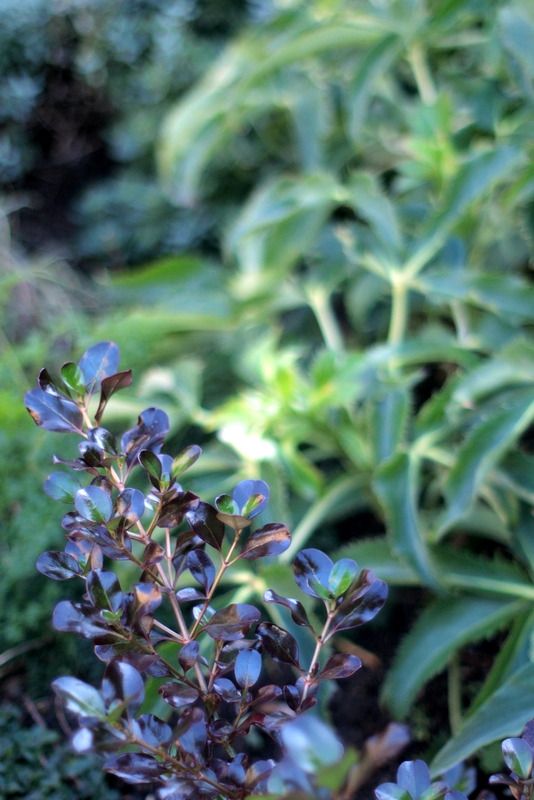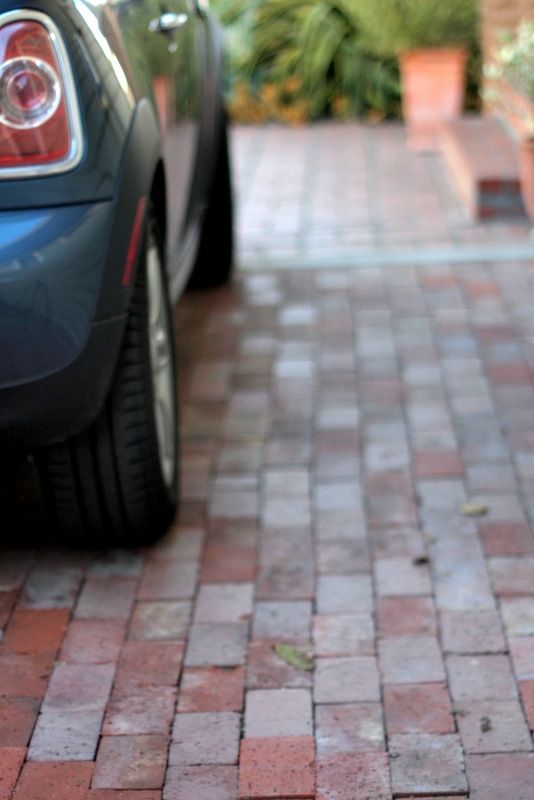Cleaning out old photo albums releases lots of ghosts of gardens past. Do I feel guilty and as greedy as Scrooge over all the plants that have come and gone? Not a bit. I do notice that I’ve become more of a climate realist, following the rainfall patterns, with less emphasis on masses of summer-blooming plants during what is typically our dry season.
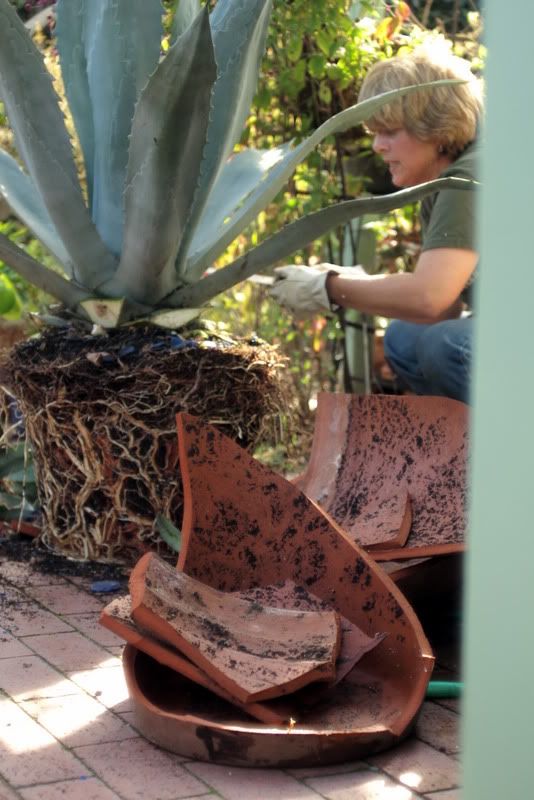
Some of the ghosts are huge and come armed with hooks. The only time I bother to find some gloves and wear them is preparing to do battle with an agave. (That’s a knife in my hand.) I doubt I’d wrestle with a monster this size again. The only way to release the kraken was to break the pot. Actually, this agave is still alive and kicking, but in my neighbor’s garden.

The Naming of Cats is a difficult matter,
It isn’t just one of your holiday games;
You may think at first I’m as mad as a hatter
When I tell you, a cat must have THREE DIFFERENT NAMES.
T.S. Eliot was absolutely right.
The garden has lots of kitty ghosts too. Jones, our tabby, as of about a month ago, is no more. Also known as Joseph, aka Professor Joe B. Tiger aka Beaner. We think he made it to over 20 years’ old at least. What a cantankerous beast he was.
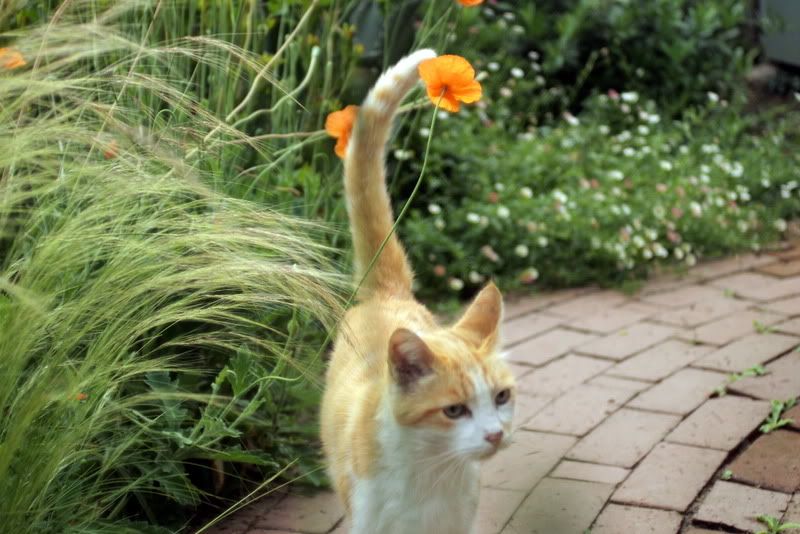
More ghosts of plants past, like the beautiful but invasive feather grass, Stipa tenuissima, which has been systematically expunged from the garden. The cats particularly loved this grass — to sleep on, to hide behind, to play in like their own personal Serengeti.
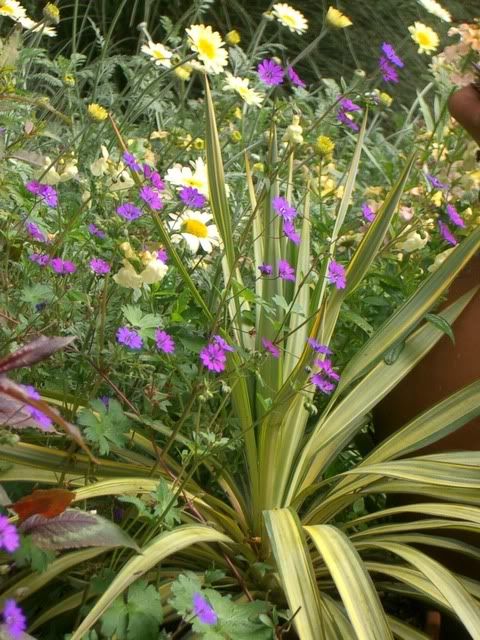
The yucca is one of the few plants still around today. With anthemis and the ‘Bill Wallis’ geranium.
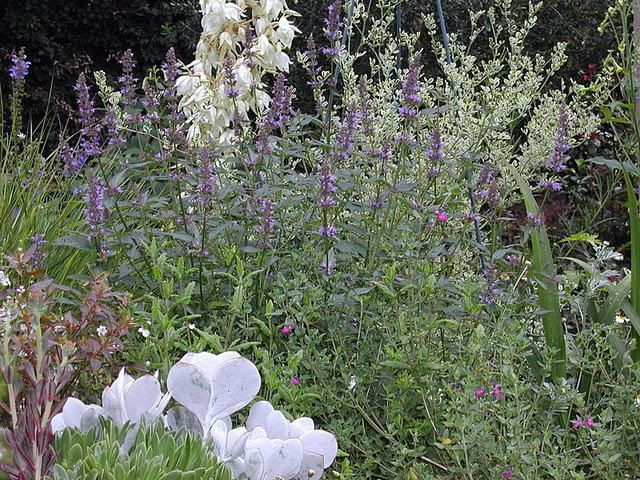
Yucca, coronilla, agastache. I need to find that pig-ear cotyledon again.

I probably have a tenth of the containers I once kept. Holy mole…
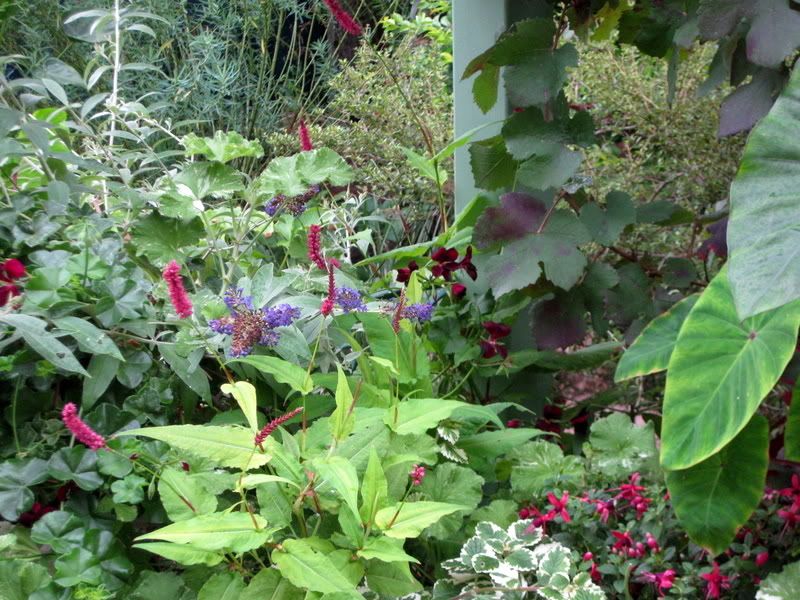
A dwarf form of Vitis vinifera ‘Purpurea,’ the golden-leaved Persicaria amplexicaulis, fuchsias, plectranthus, pelargoniums, etc., etc., all ghosts now.
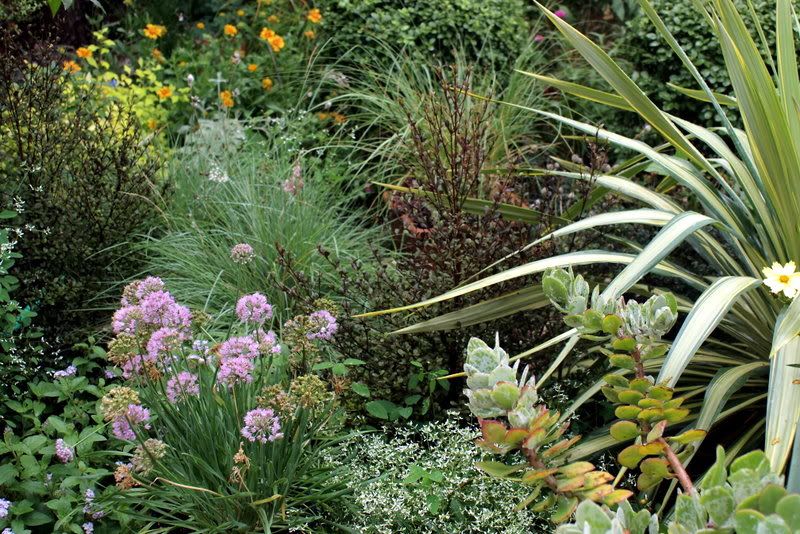
At some point things started getting shrubbier and grassier, more structural, but always planting so densely that the intention became buried. Did a love of plants spoil the design? Oh, heavens, yes, absolutely. There will always be other gardens to visit and admire for their strong design. I still need the plants. In the background are two “golfball” pittosporums that were clipped into spheres, a shape that they seemed to outgrow weekly. Clipped structure is such high maintenance. Definitely not for me. The dark-leaved shrubs in the foreground are Lophomyrtus x ralphii ‘Red Dragon.’
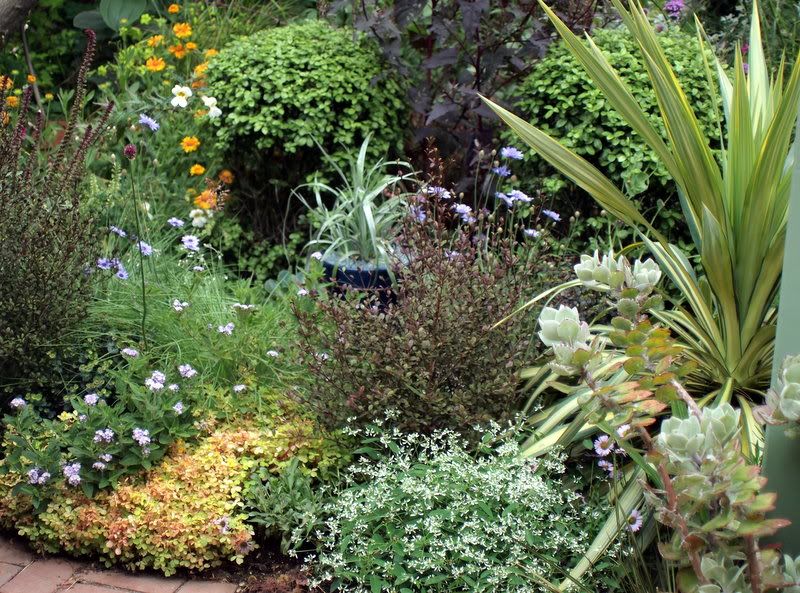
Better view of the golfball pitts. They always stubbornly inclined more to a light bulb shape than spherical.
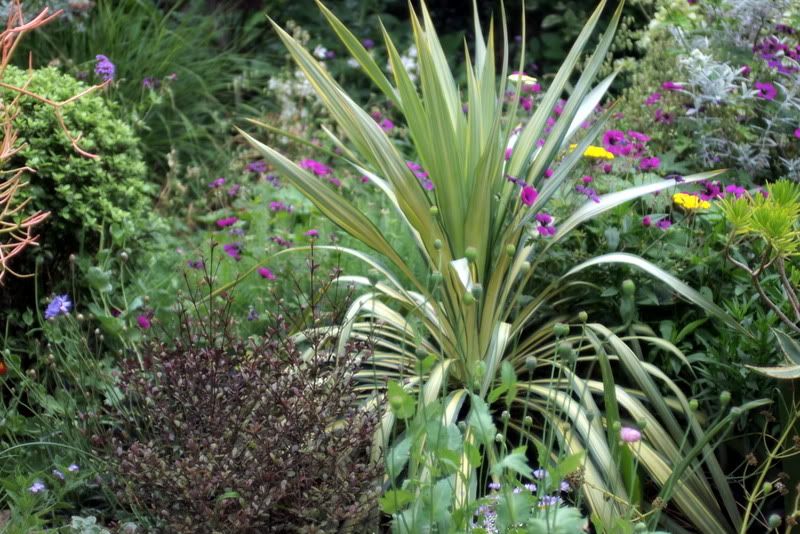
The yucca engulfed by Geranium ‘Dragon Heart.’
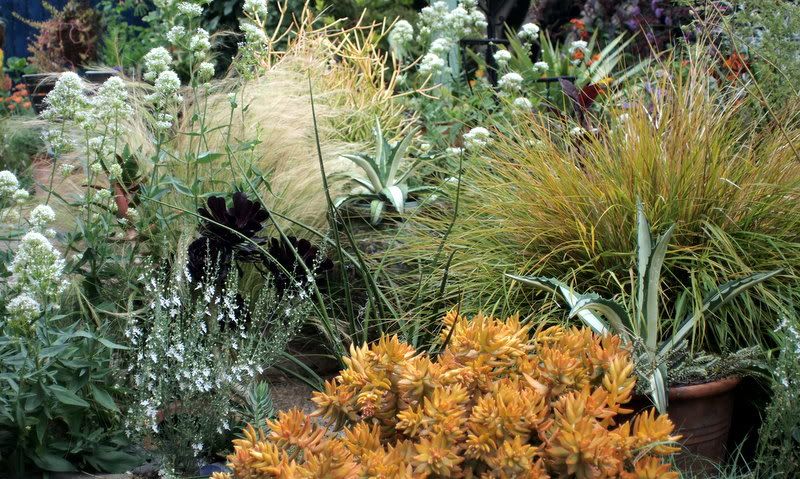
The summer I let white valerian take over.
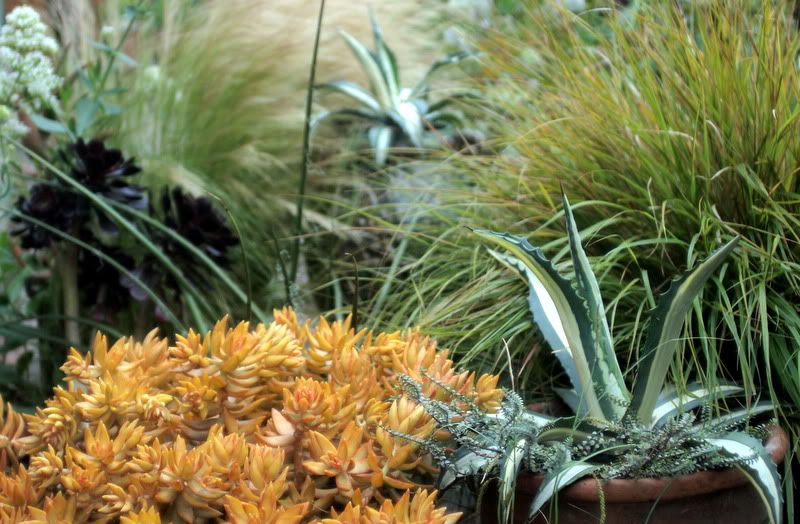
The tawny, strawberry-blonde tresses of Stipa arundinacea (Anemanthele lessoniana) have been a long-time favorite. Sedum nussbaumerianum pushes these colors even harder.

This grass and anything burgundy, like amaranthus or ricinus. Yum.

Same color as the stipa but now in Libertia peregrinans. What a good year 2011 was for Salvia verticillata ‘Purple Rain.’

Alstroemeria ‘The Third Harmonic,’ wonderful in vases, atrocious in the garden. Tall and unsteady, needing sturdy support (high maintenance)
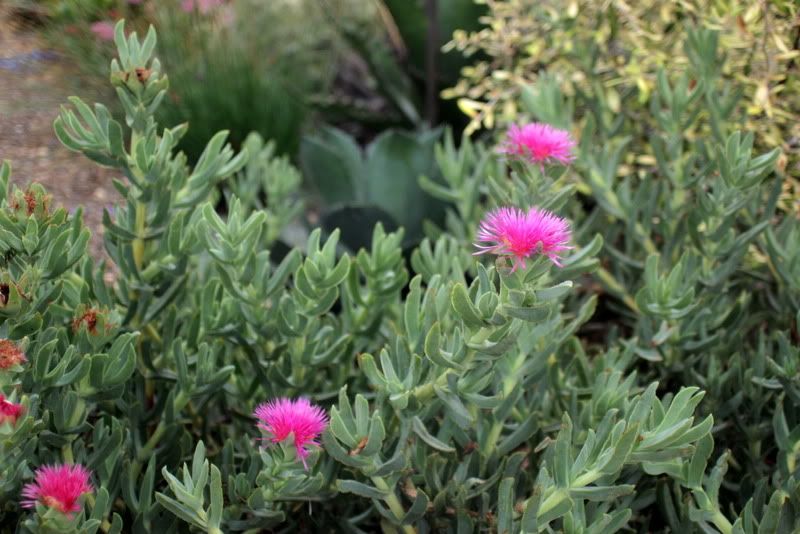
I can’t even remember the names of some of the many succulents that passed through the garden. This pom pom was rampageous.

The many adventures in moss
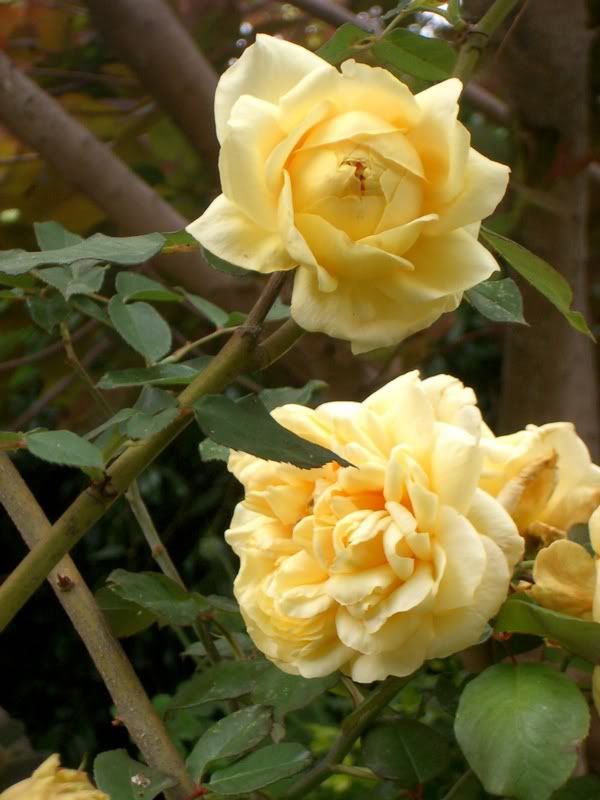
I miss the scent of the roses almost as much as their flowers. Chromatella’s was deep and complex, with notes of tobacco.
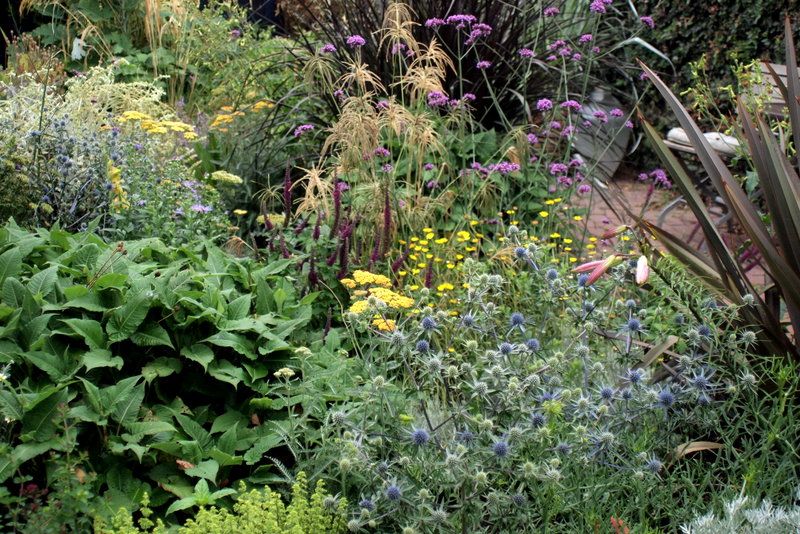
Some things never change. The garden is as overstuffed as it ever was. 2013 will be remembered as the year the eryngiums bloomed well. Onward to 2014!

